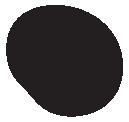

Sentence Building
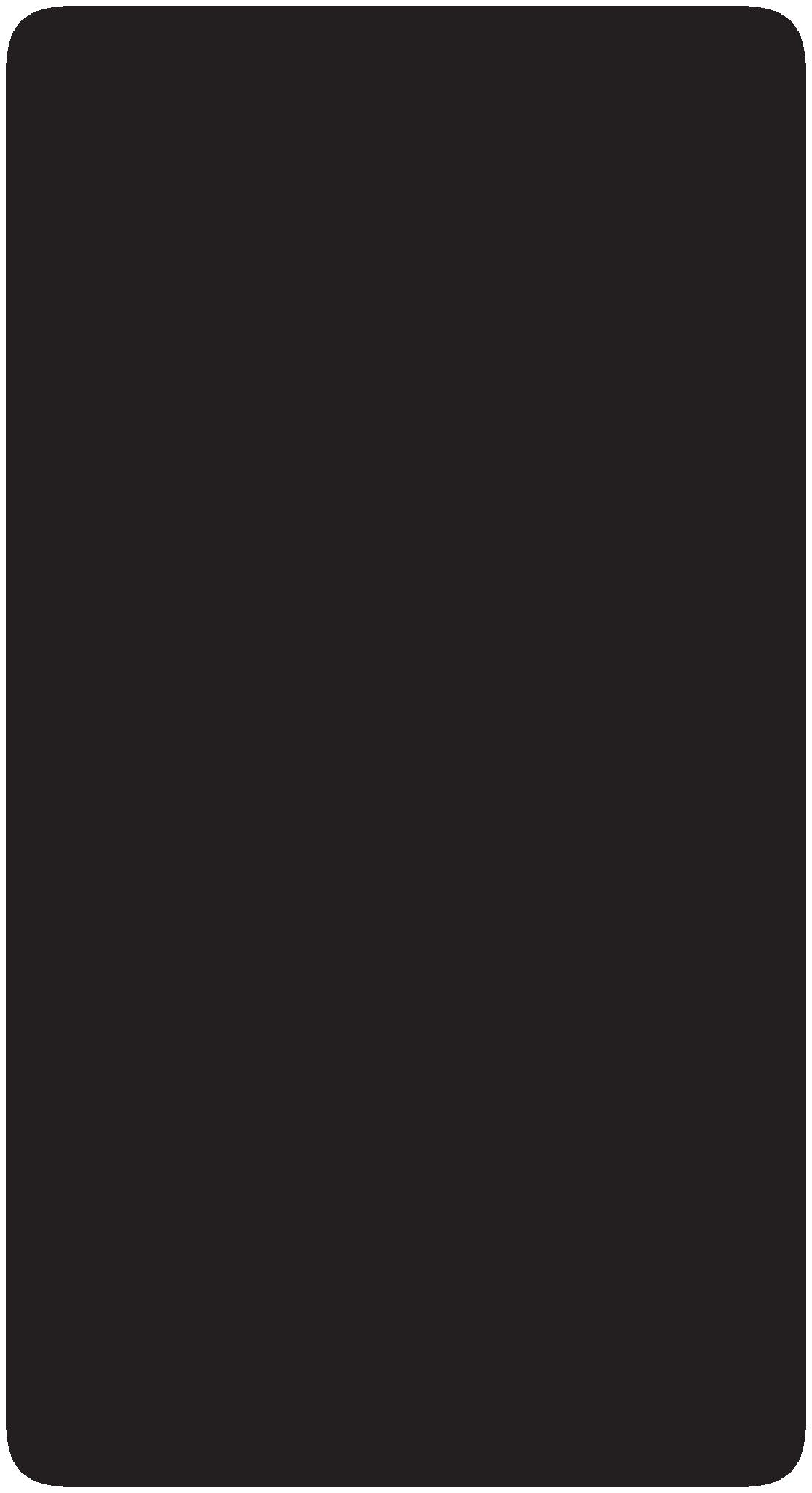
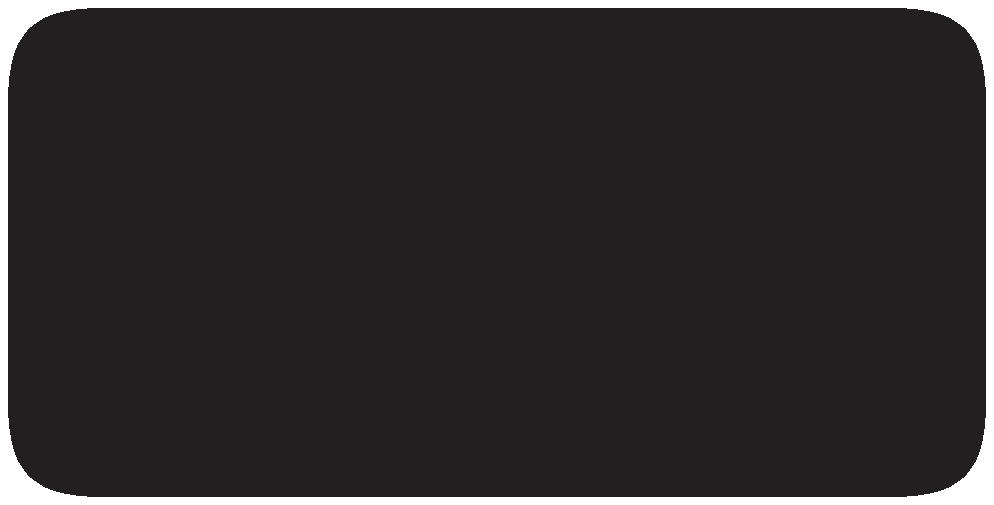



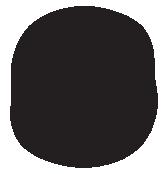
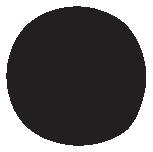
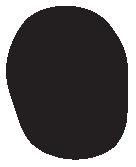

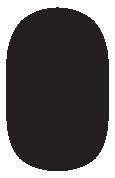
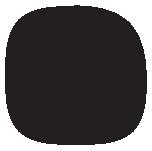
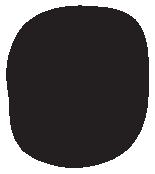
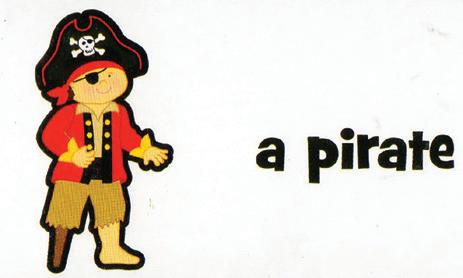
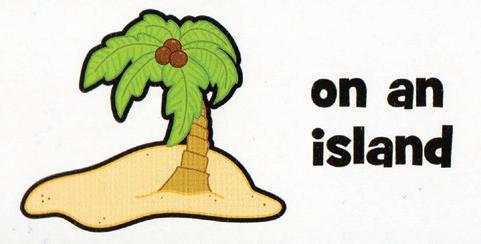


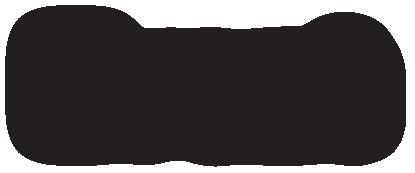



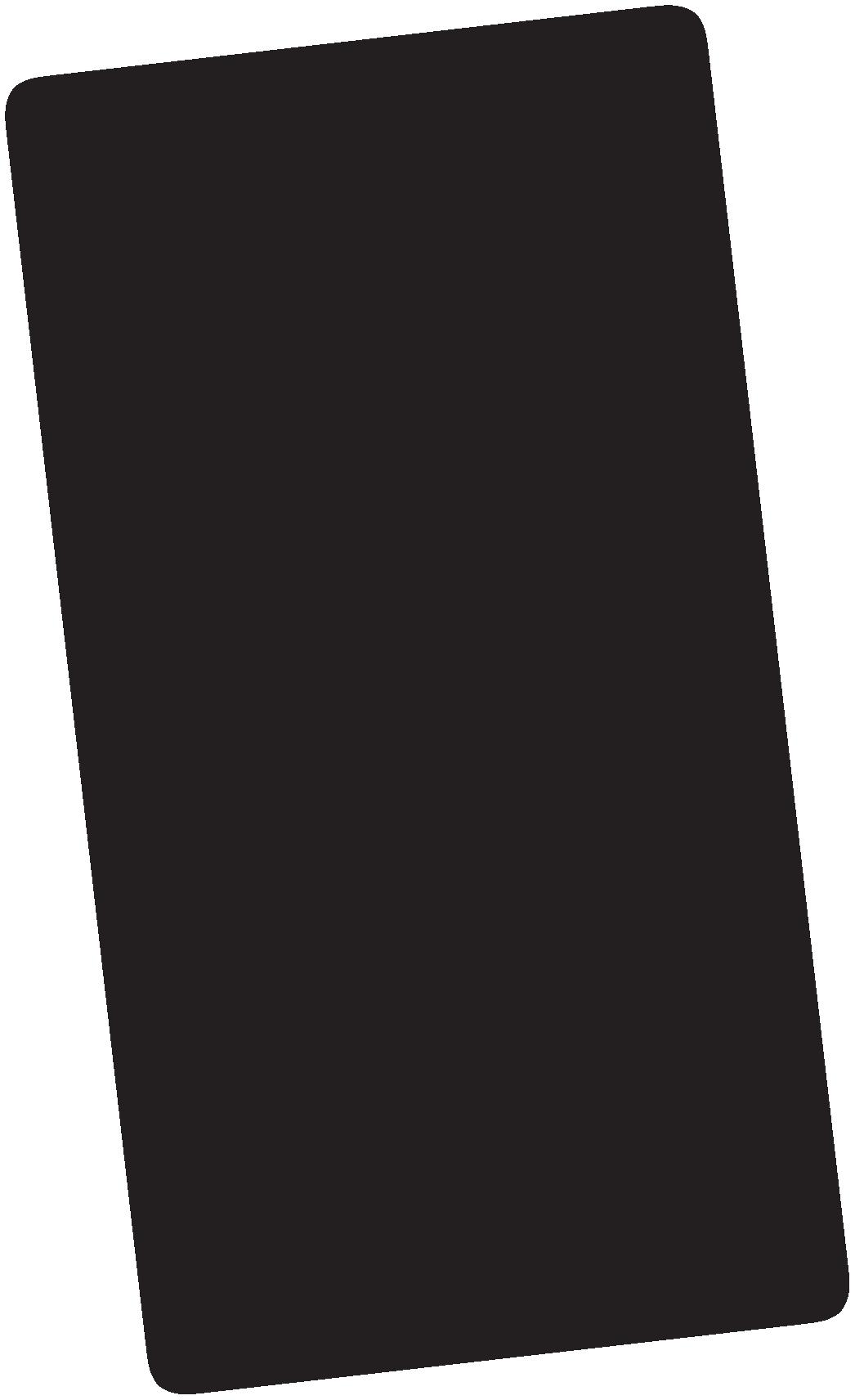
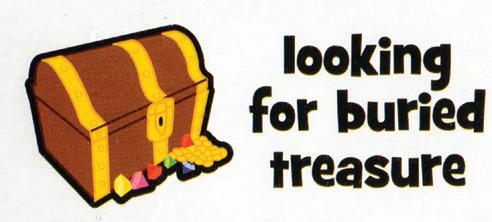

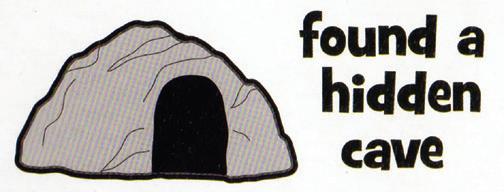

Student’s Workbook
Have fun creating basic sentences and short stories.
By Patricia Y. Lewis
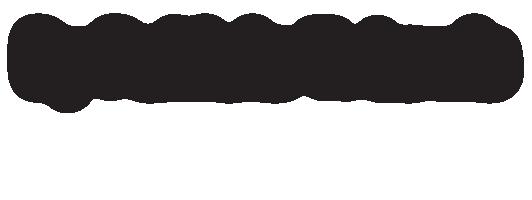
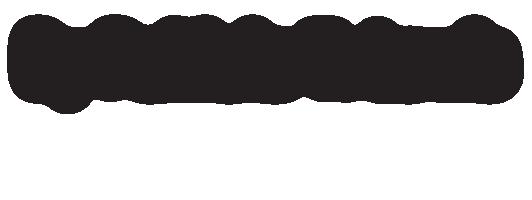


Sentence Building Student’s Workbook

This unique Student’s Workbook will inspire you to write basic sentences and short stories. You will be able to use the story elements, introductory phrases and basic language structures to improve your writing skills.
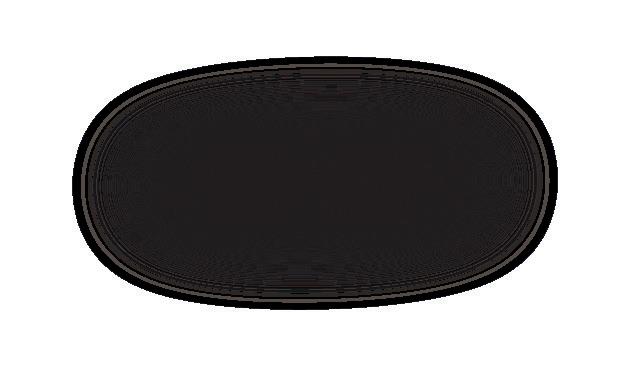
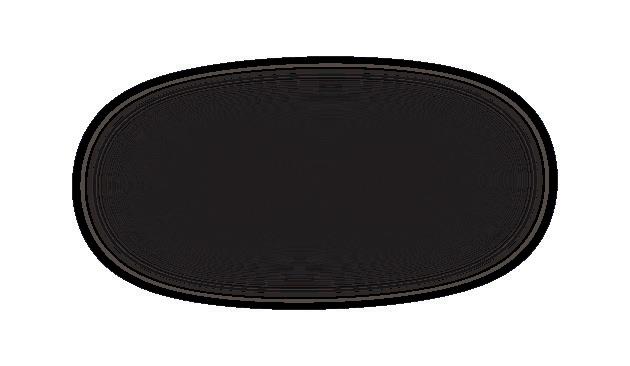
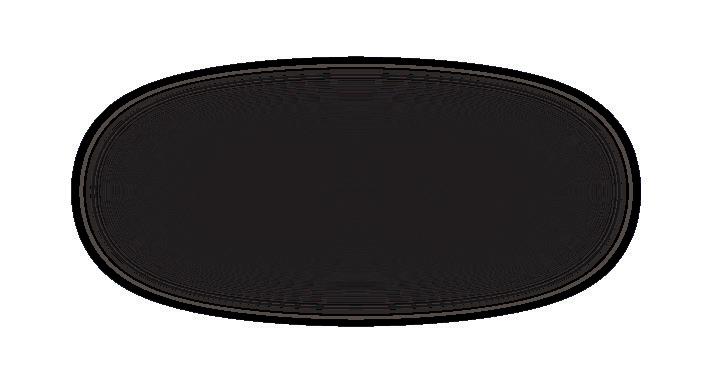
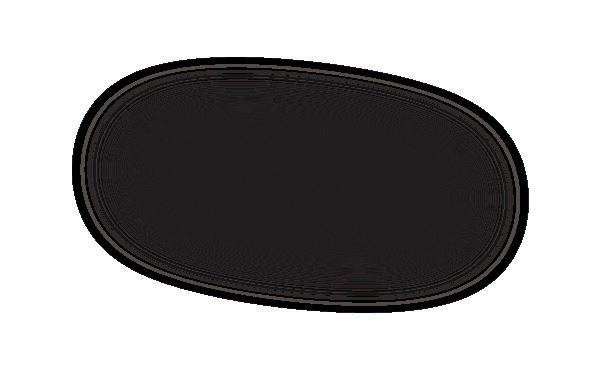
www.psychotools.com




School:

Teacher:

Sentence Building Student’s Workbook
ISBN 978-9962-709-08-4
Author: Patricia Y. Lewis
Executive Producer: Sheyla Henson
Edited and Revised:
Celia Ana Forrester Caton
Adapted: Pablo Vidal González Murcia
Graphic Designer: Julio Santamaria
Published by Psycho Tools Inc. 2022
Sentence Building Student’s Workbook

Character:
I It is the subject that performs an action.
1. Choose four characters from the Words Bank.
2. Illustrate each one and give it a name.
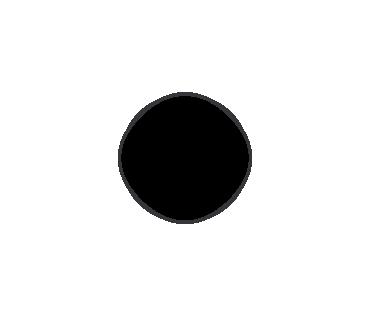



Sentence Building Student’s Workbook

Setting:

II
It is a location or place. It is where the character is or does an action.
1. Choose a setting for each of the characters selected from the Words Bank.
2. Illustrate the settings and draw the characters in it.
3. Write the characters’ names and the description for each setting.




Sentence Building Student’s Workbook






III

It is the action the character does and what happens or takes place in the setting.
1. Choose an event for each character and the setting you selected.
2. Write the name of the character and the setting in the corresponding spaces.
3. Illustrate the event and write it besides the setting.
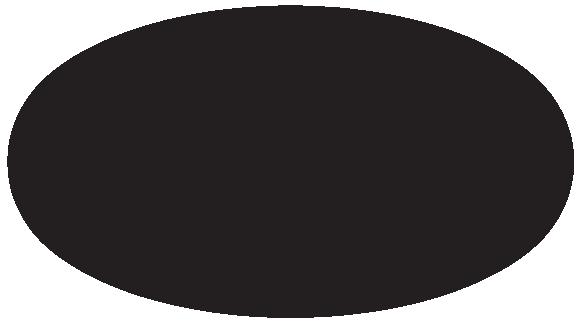
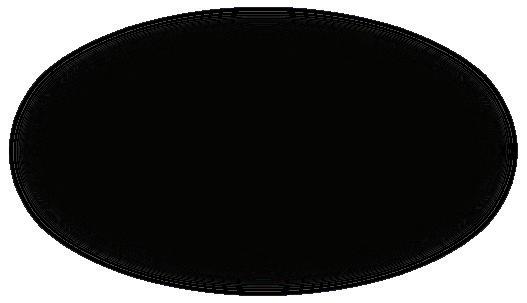
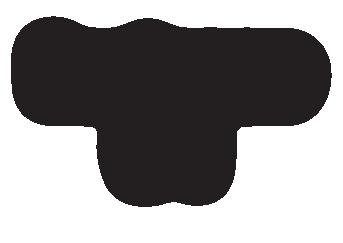




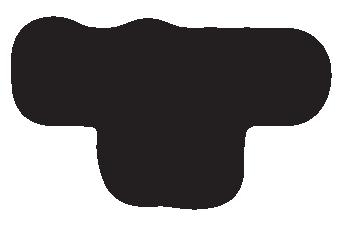


Sentence Building Student’s Workbook
Sentence #3


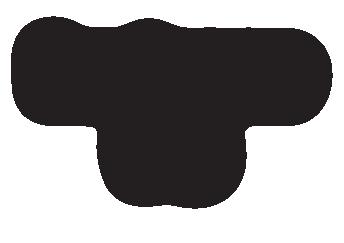


Sentence #4


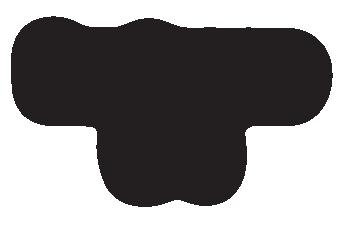





Conclusion:
It is the end of the events and the actions the character does or what happens in the story.
1. Choose a conclusion for the characters, settings, and events you selected. Write the name of each character, setting and event in the corresponding spaces.
2. Illustrate the conclusion and write it beside the event.
3. Write the complete statements on the lines.
Sentence #1








Sentence #2
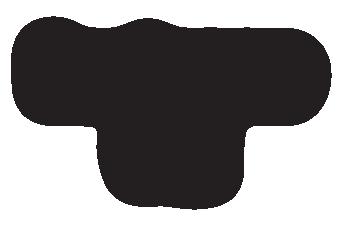



Sentence Building Student’s Workbook
Sentence #3


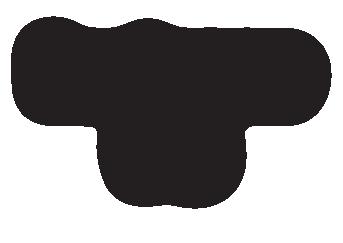



Sentence #4


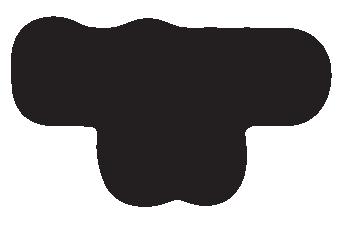




Sentence Building Student’s Workbook

Checking Comprehension
V. Changing Statements to Present and Future with Will and Going to 1. Identify the verb in the statements you wrote on pages 10 -11. Then change each verb to the present and to the future with “will” and “going to”.

Example:


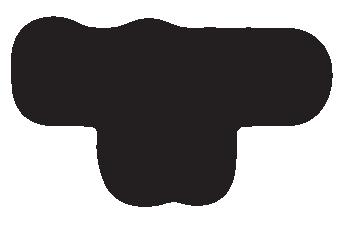


Sentence Building Student’s Workbook
Sentence #2


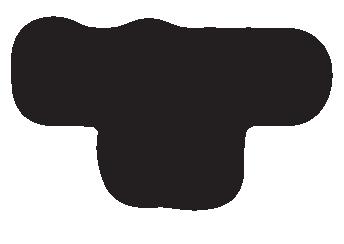
Present
Future with will
Future with going to


Sentence #3
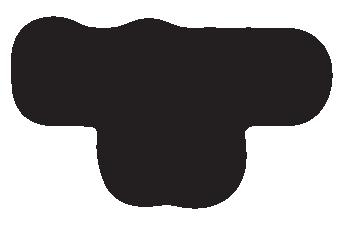
Present
Future with will
Future with going to
Sentence #4


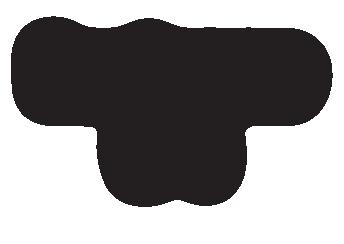
Present
Future with will
Future with going to






Sentence Building Student’s Workbook

VI. Introducing Plural Characters

Checking Comprehension

1. Fill the diagram with character, setting, event, and conclusion from the Words Bank to create sentences.
2. Identify the character in the statements you wrote. Then change each one to the plural form on the lines below. Make the necessary changes to the verbs.
3. Share your statements with your group. Then read them to the class.
Example:
Singular form


















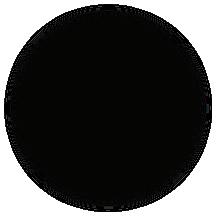
Checking Comprehension

VII. Using the Verb to Be
The settings, events and conclusions can be developed with the verb “to be” to give more precision to statements.
1. Choose a character and a setting from the Words Bank to complete the diagram. Use the correct form of the verb be. Character setting is is
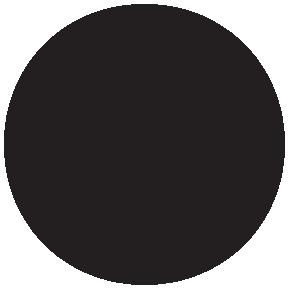

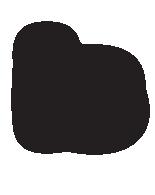


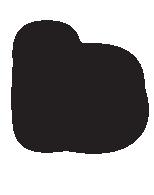












Sentence Building Student’s Workbook



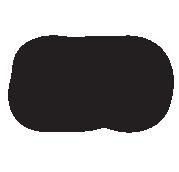
Characters setting are are



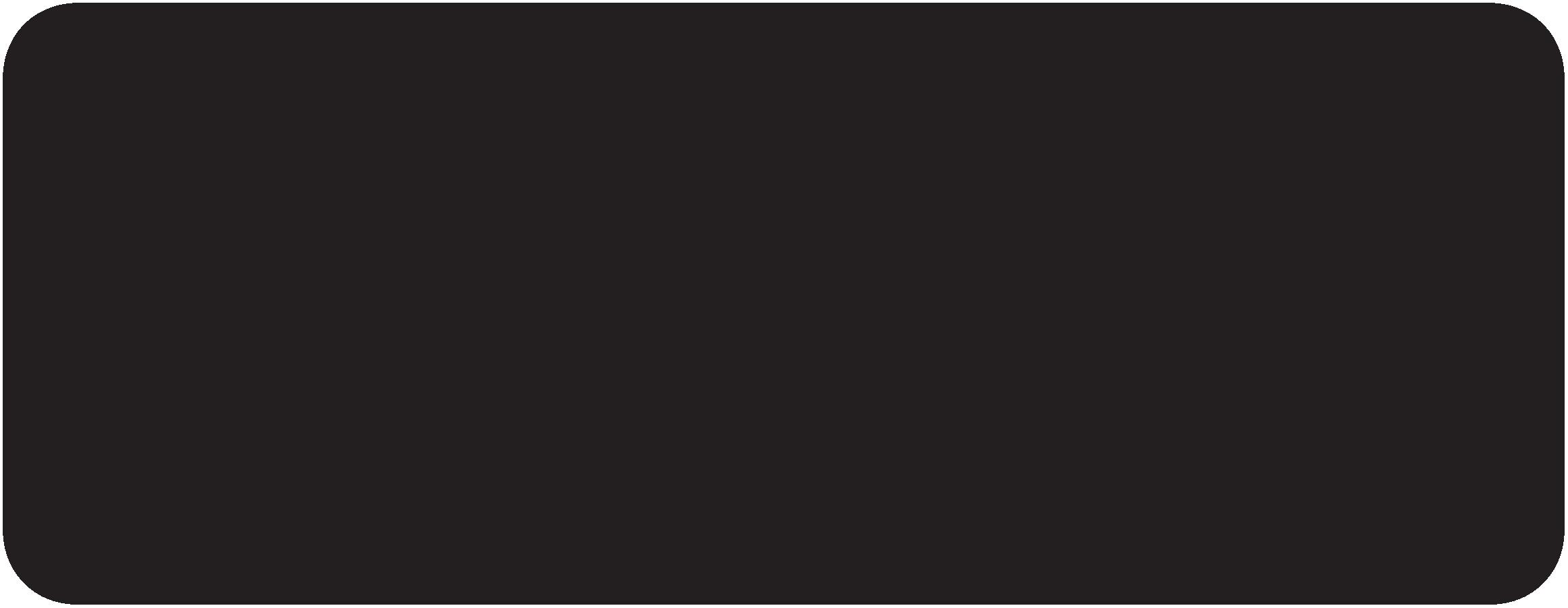





Characters setting are are







Checking Comprehension

Sentence Building Student’s Workbook
VIII. Creating Progressive Statements “ing” Form
Progressive statements are used to describe actions that are taking place at the moment of speech.
1. Use the Words Bank to complete the diagram with a character + verb to be + “ing” verb (event) + setting.
2. Then write the complete statements on the lines below.


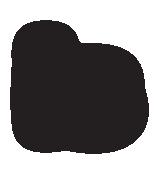


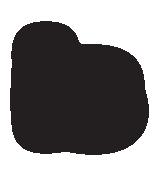












Sentence Building Student’s Workbook




Characters setting are are









Characters setting are are







Checking Comprehension

IX. Using “There is” and “There are”:
“There is” and “There are” are introductory phrases to indicate that something or someone exists or does not in statements.
1. Choose a character, a setting, and an event from the Words Bank to complete the diagram with the introductory phrase.
2. Then write the complete statements on the lines below.

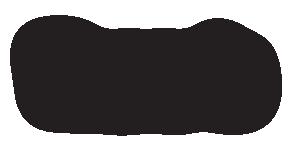
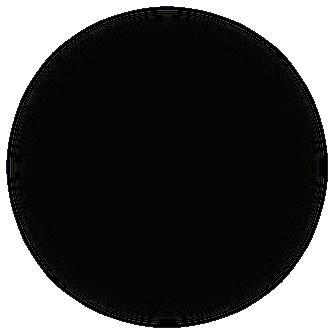













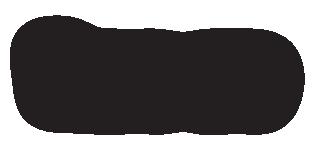










Sentence Building Student’s Workbook
Checking Comprehension 21
X. Using a Negative Introductory Phrase:
There are negative introductory phrases for s sent or does not exist.
1. Choose a character, a setting, and an event from the Words Bank to complete the diagram with a negative introductory phrase.
2. Then write the complete statements on the lines below.
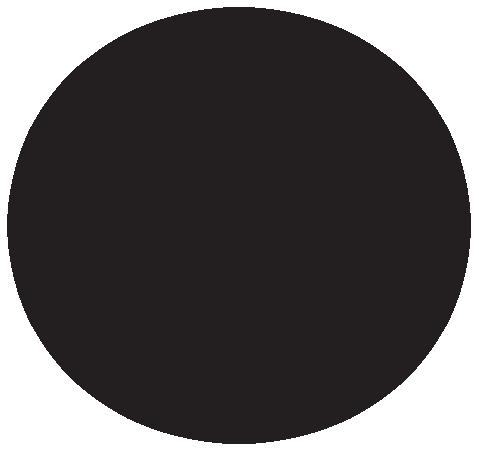
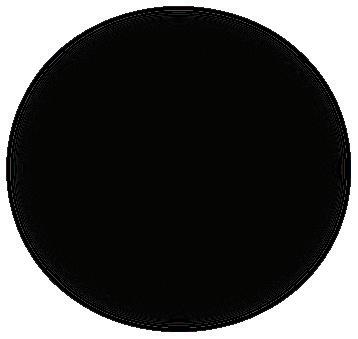
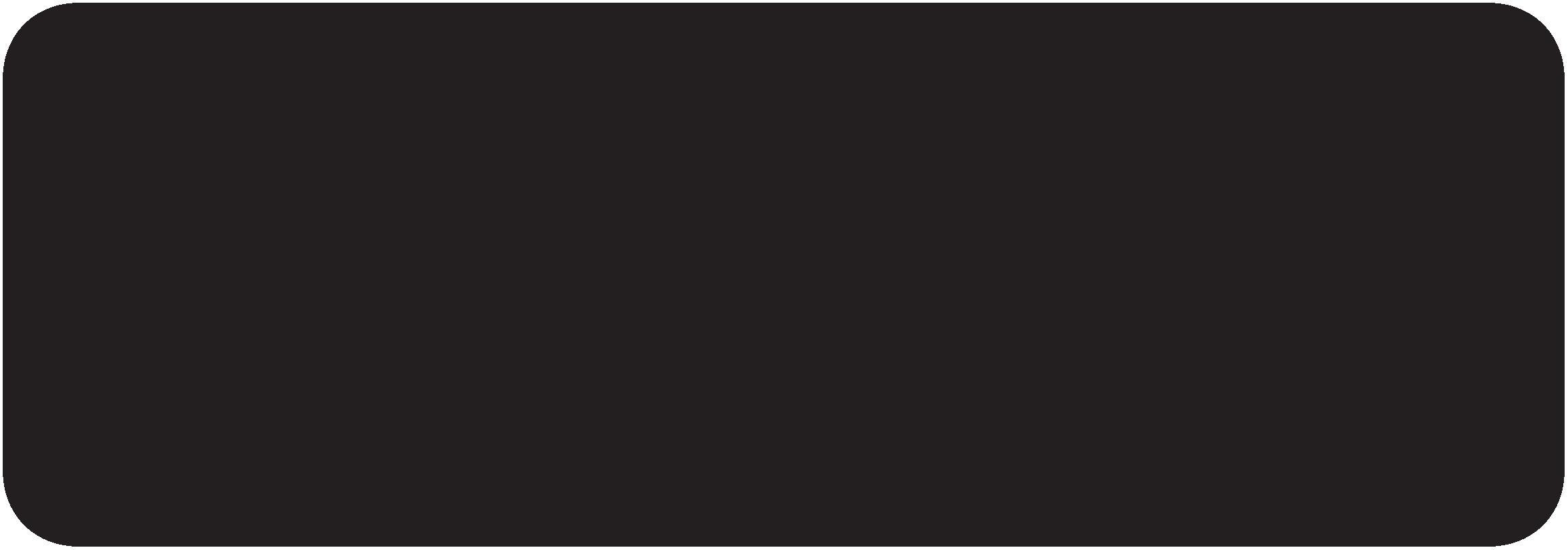
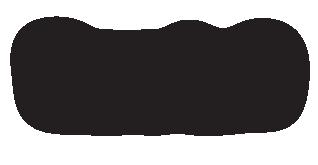





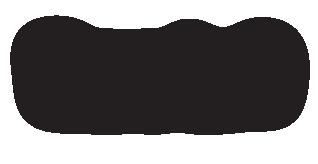



Sentence Building Student’s Workbook Characters
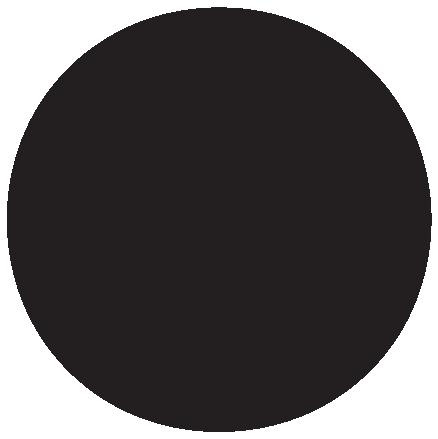
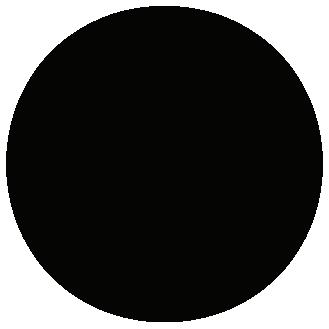
There aren’t
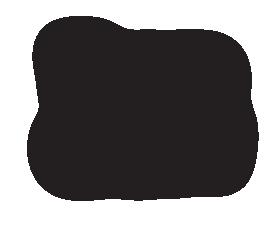

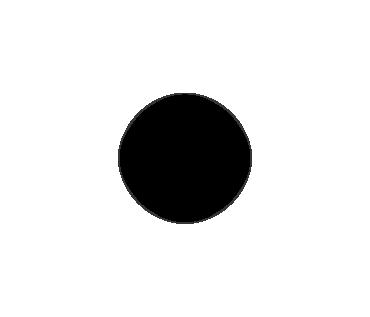
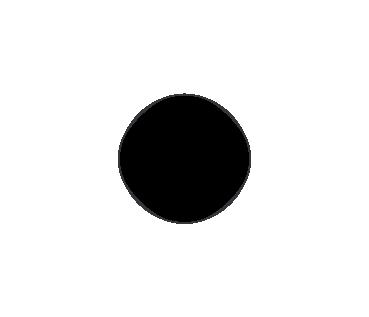
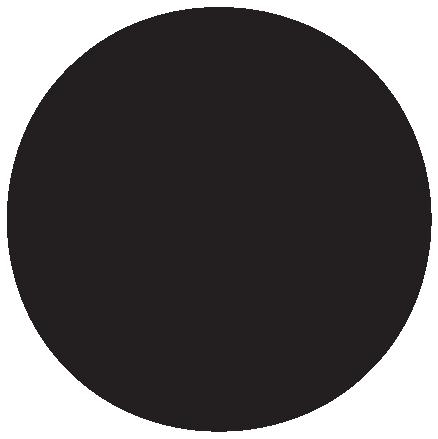
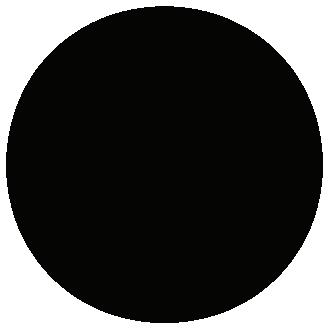
There aren’t
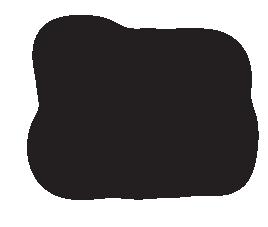
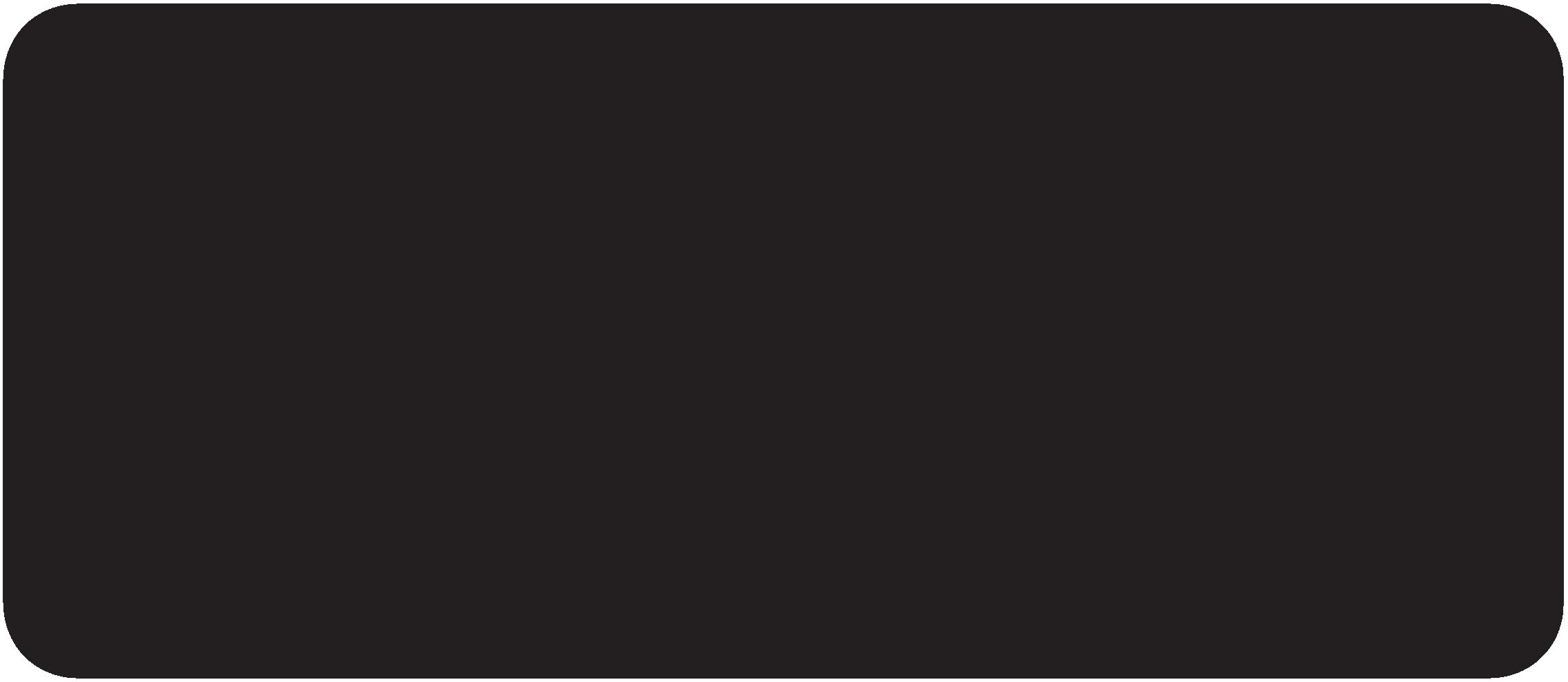
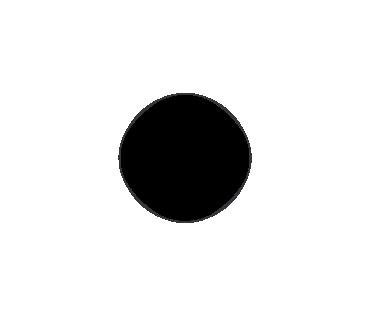
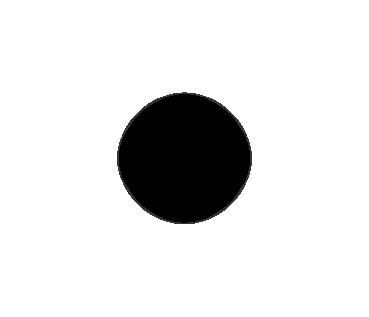

Checking Comprehension

XI. Completing the Statements with the Conclusion
When statements are introduced with “There is”, “There are” or their negative forms, to conclude the story, use the relative pronoun “who” before the conclusion.
1. Complete the diagram with elements from the Words Bank to write complete statements. Use the correct form of the verb be.
2. Then write the complete statements on the lines below.
3. Illustrate the statements.

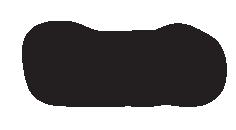
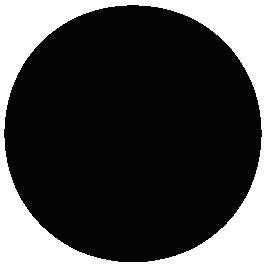
Character


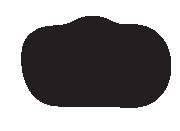
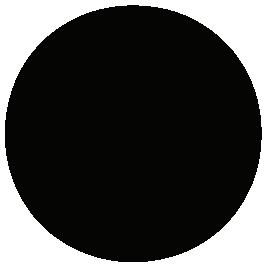
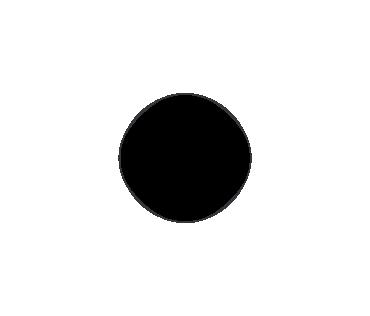
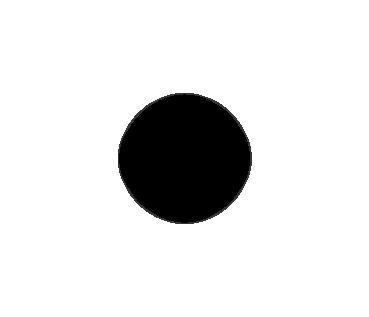
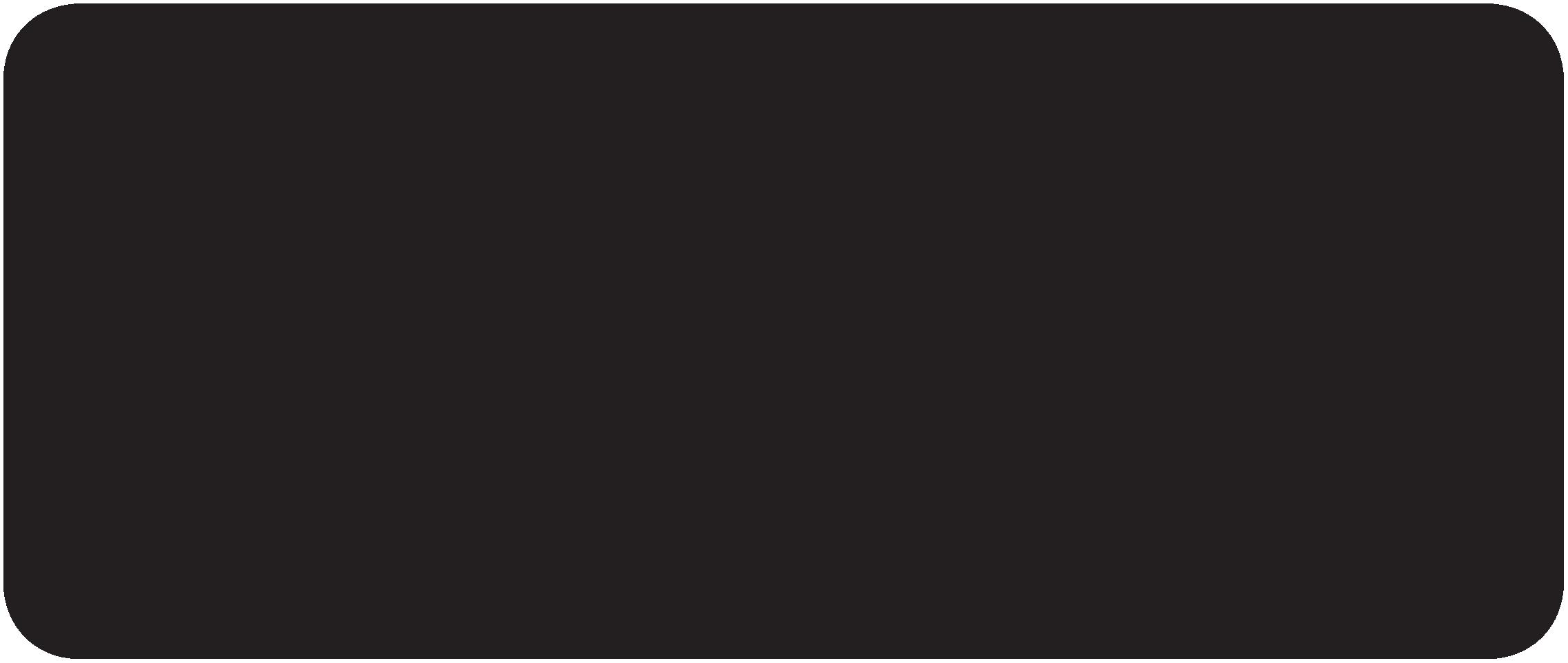

Completing the Statements with the Conclusion

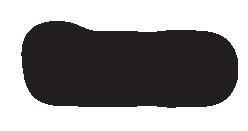
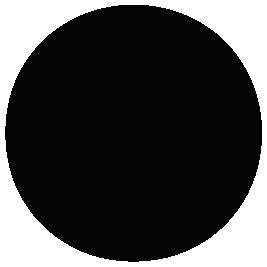


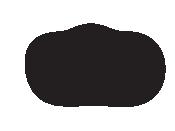
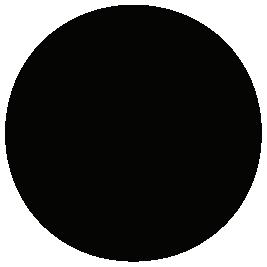
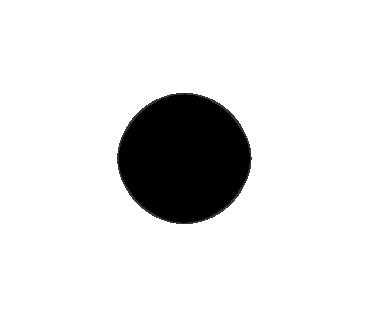


Completing the Statements with the Conclusion

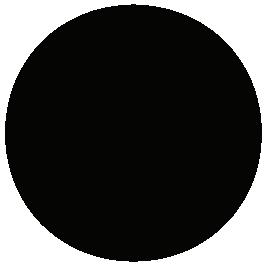
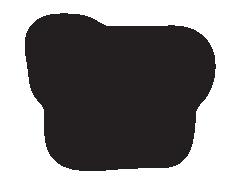

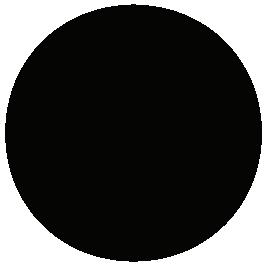
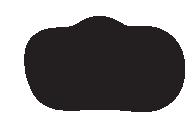

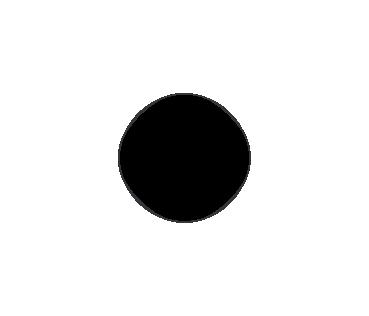
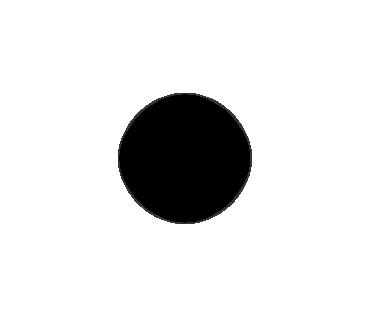

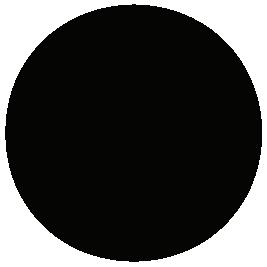
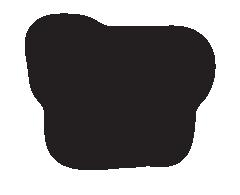

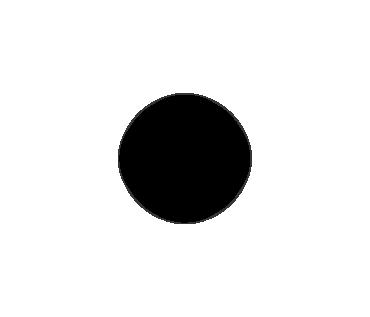


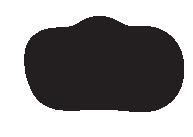



XII. Focusing on the Character
The character is the subject of the statement. Improve your writing by adding details to the character or subject.
1. Complete the diagram by writing simple statements about the character.
2. Then write the complete statements on the lines below.

Character with details



Character with details


Sentence Building Student’s Workbook
Focusing on the Character

Character setting event
Character with details


Character setting event

Character with details


Character setting event

Character with details


Sentence Building Student’s Workbook


Checking Comprehension
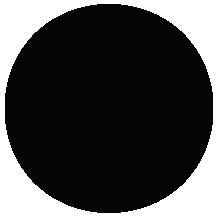
XIII. Focusing on the Conclusion
The conclusion is the predicate of the statement. Improve your writing by adding details to the predicate.
1. Complete the diagram with elements from the Words Bank. Add details to the conclusion or predicate.
2. Then write the complete statements on the lines below.

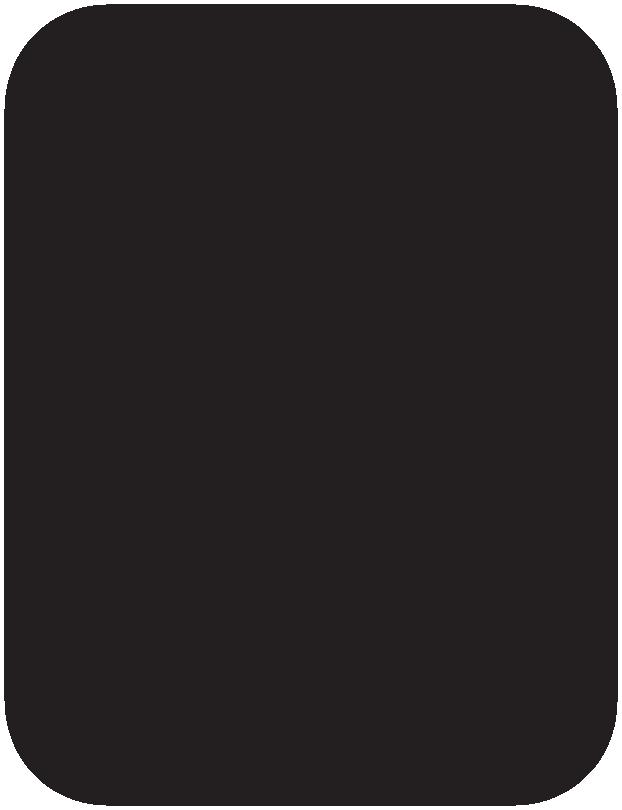
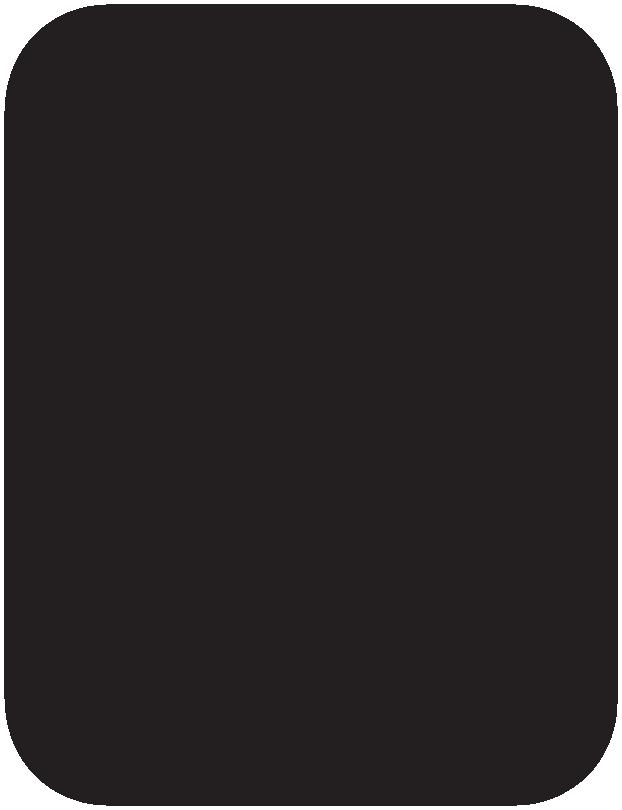
Character with details
Conclusion with details
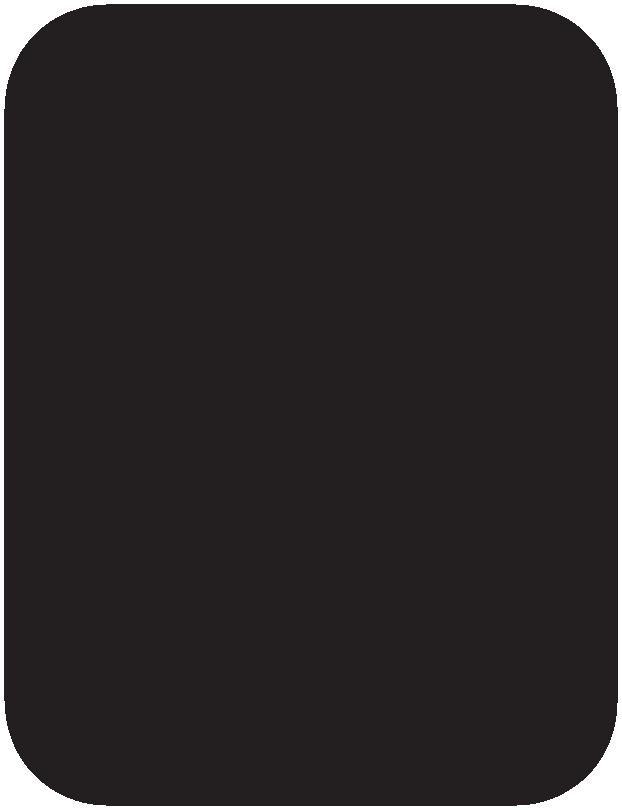





Character with details
Conclusion with details



Focusing on the Conclusion



Character setting event conclusion
Character with details
Conclusion with details






Character setting event conclusion
Character with details
Conclusion with details






Character setting event conclusion
Character with details
Conclusion with details




Dear student Leve 2



In this second level of the Workbook you are going to receive the tools to aide you in writing diagrams. The different diagrams provide basic structures that you can follow in order to write meaningful sentences. You will complete them in the Workbook with the elements from the Words Bank.
You can choose, mix, and match elements to complete the diagrams presented. Include the structures given to write sentences that together will bring out your stories.
After you write your sentences and stories, check the writing rubrics to revise and edit your work. Then read and share your stories with the rest of the class.
Be as creative as you can. There are countless sentences you can write using the the Words Bank. As you write your sentences and stories, create your own questions and P.Q.A.
The following writing rubric is for you to revise and edit your writing.
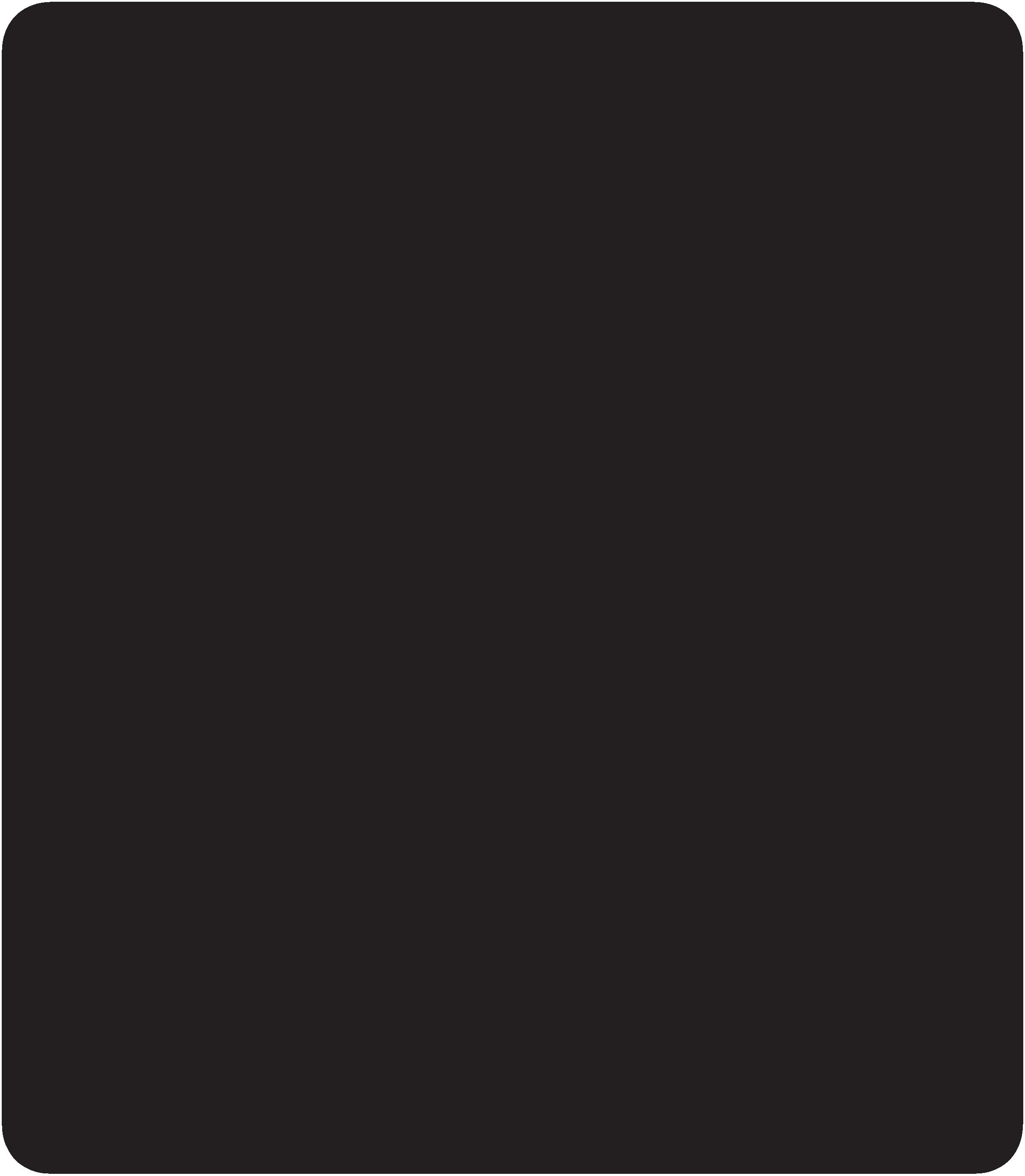






Capitalize all the beginning Words of the sentences and all the proper names.
character 1 2 3 4 5 6 Writing Rubrics
Punctuate sentences correctly.
Use the dictionary to check the spelling of words in doubt.
Write complete sentences.
Use a pencil to write the first draft.
Read carefully what you wrote.
Sentence Building Student’s Workbook

Writing with Diagrams
Diagram #1

1. Combine a character of your own with a conclusion from the Words Bank.
2. You can use singular or plural characters.

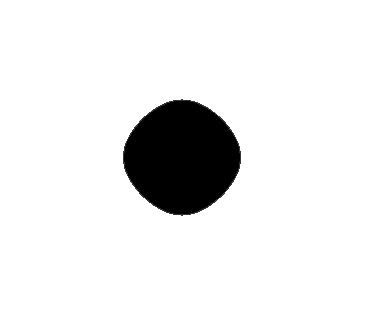













Writing with Diagrams

Diagram #2
1. Select the character and the conclusion from the Words Bank and add a setting of your own.
2. You can use singular or plural characters.

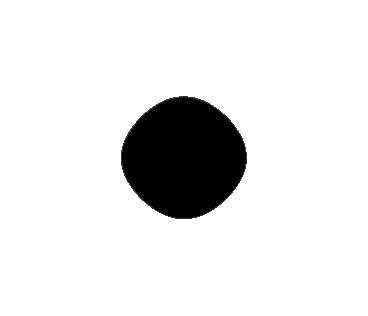














Writing with Diagrams
Diagram #3

1. Combine a character and an event of your own with a setting and a conclusion from the Words Bank.
2. You can use singular or plural characters.


Sentence Building Student’s Workbook

Character setting event conclusion


Character setting event conclusion

Writing with Diagrams
Diagram #4

1. Observe the following diagram, and use the Words Bank to create sentences.
2. You can use singular or plural characters. Pay attention to the subject-verb agreement.
Introductory Phrase
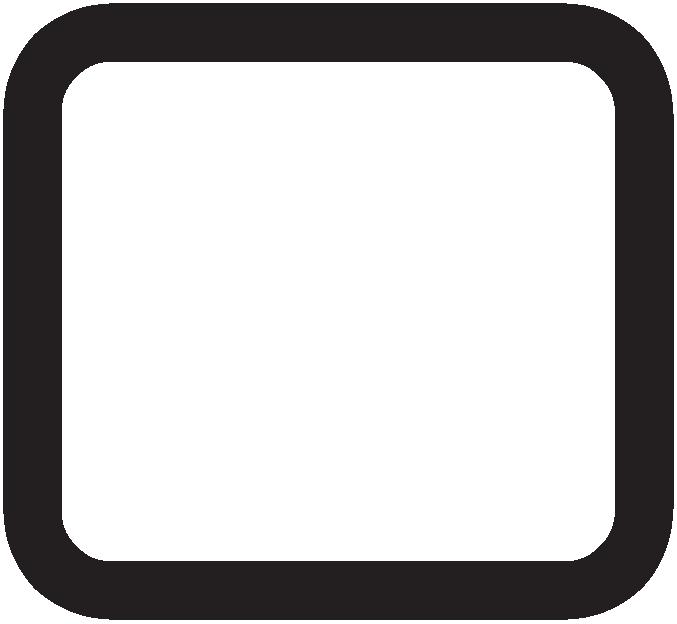





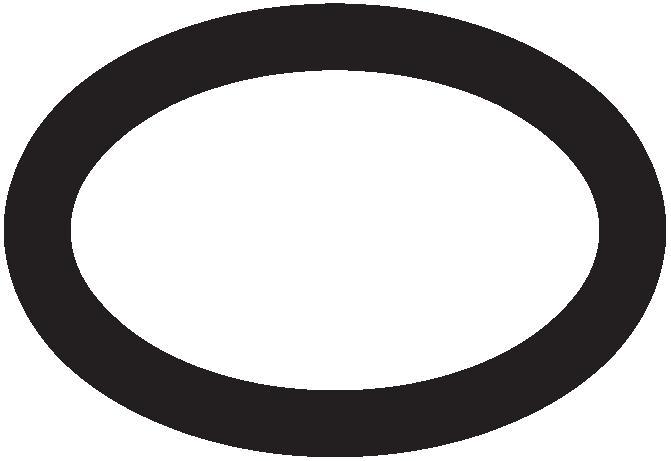
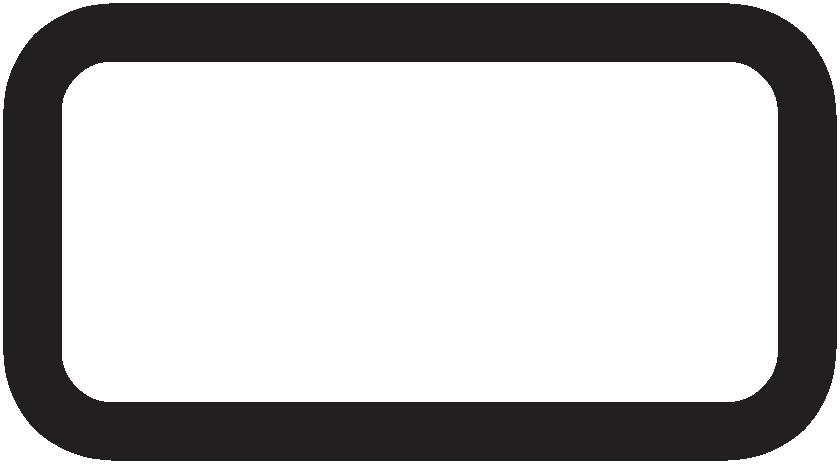


1. Write complete sentences following the Diagram #4.
2. Illustrate your sentences.

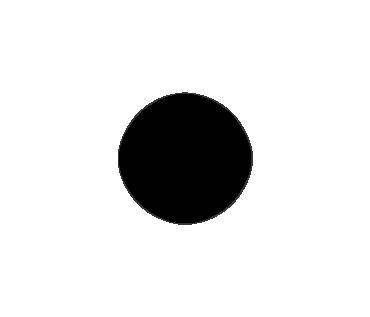
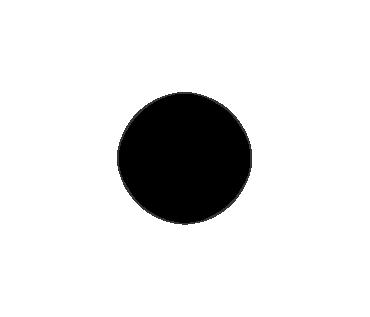

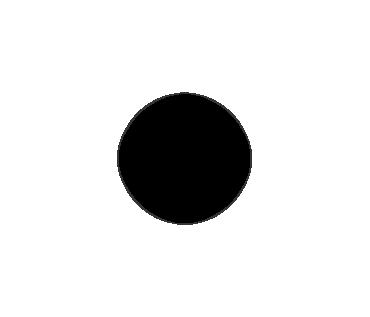
Sentence Building Student’s Workbook
Sentence Building Student’s Workbook

Writing with Diagrams

Diagram #5
1. Observe the following diagram, and use the Words Bank to create sentences.
2. You can use singular or plural characters. Pay attention to the subject-verb agreement.
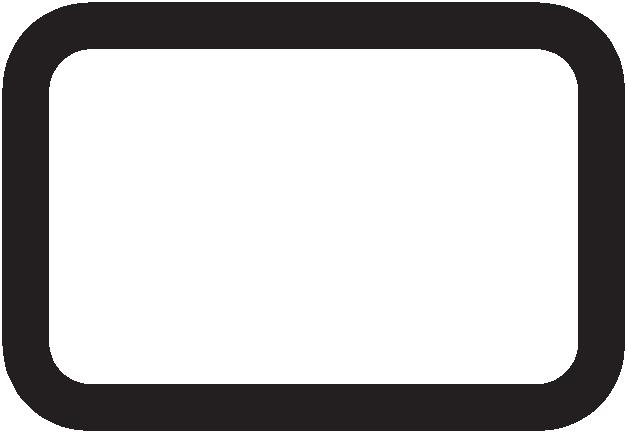



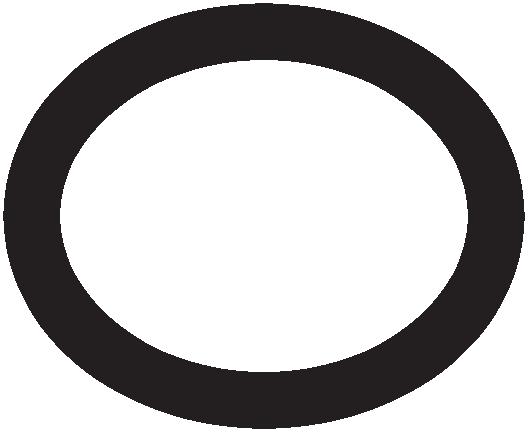


want(s) to like(s) to need(s) to have/has to prefer(s) to going to do / does

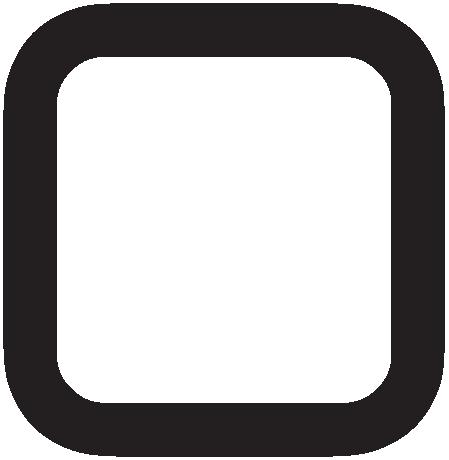




1. Write complete sentences following the Diagram #5.
2. Illustrate your sentences







Writing with Diagrams

Diagram #6
1. Observe the following diagram, and use the Words Bank to create sentences.
2. You can use singular or plural characters. Pay attention to the subject-verb agreement.
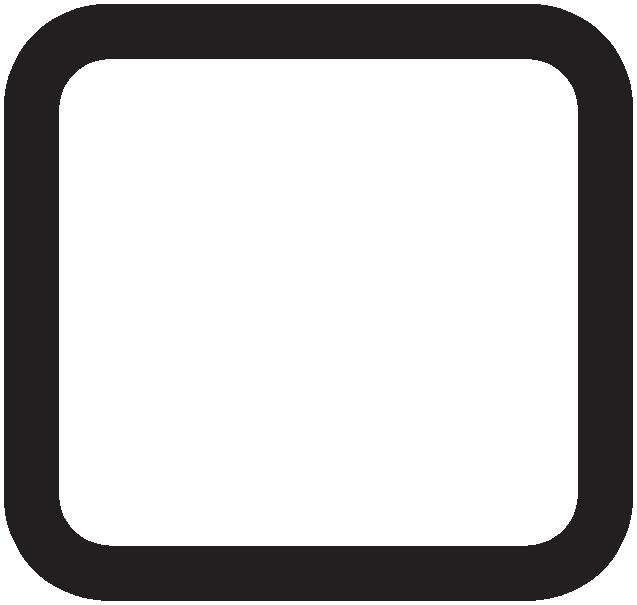

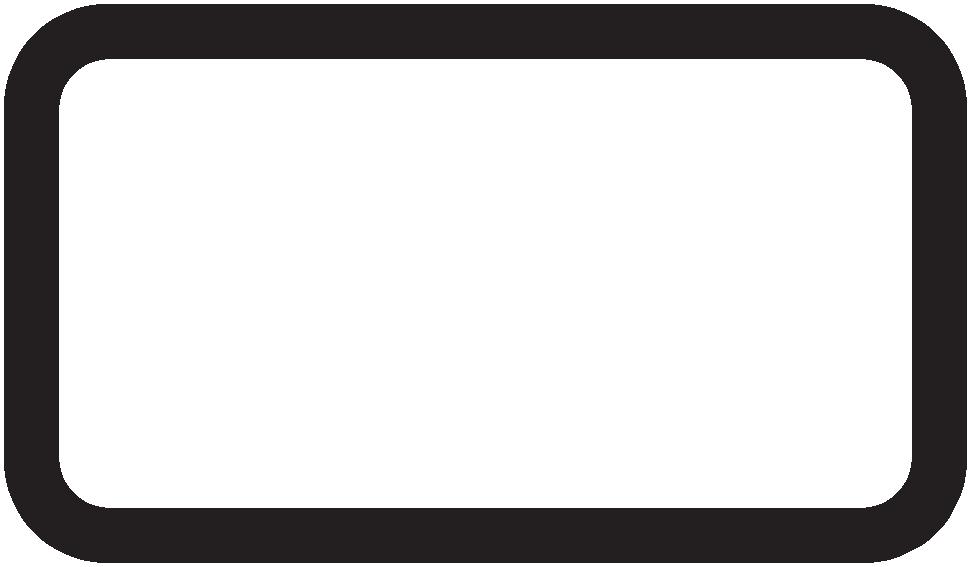
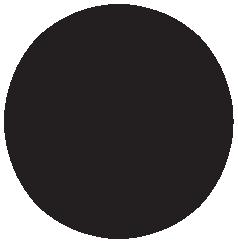
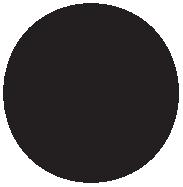
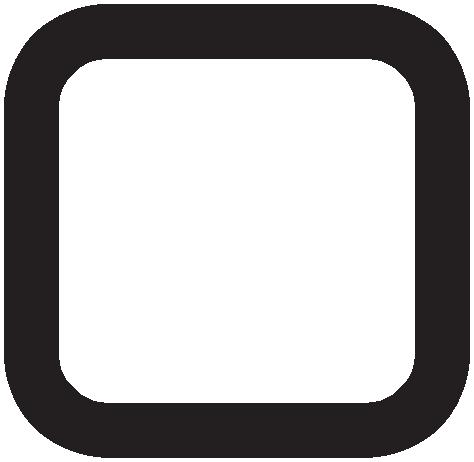


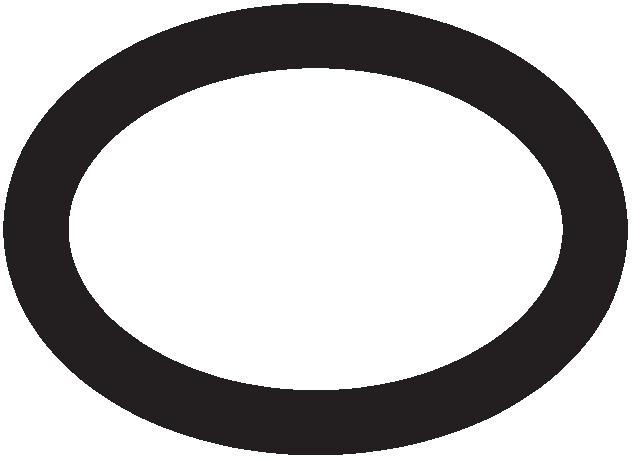

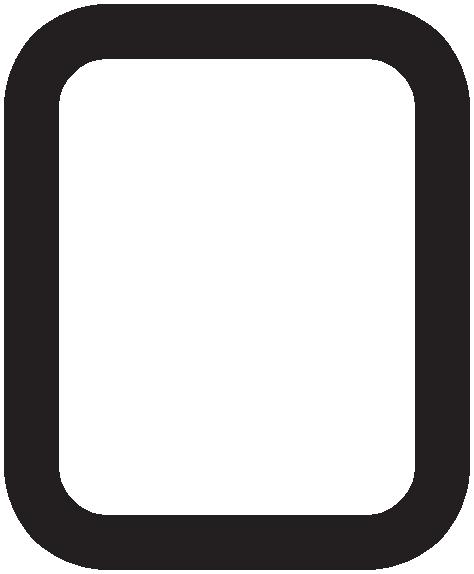



1. Write complete sentences following the Diagram #6.
2. Illustrate your sentences






Sentence Building Student’s Workbook

Writing with Diagrams
Diagram #7

1. Observe the following diagram, and use the Words Bank to create sentences.
2. Include elements of your own where required.
3. You can use singular or plural characters. Pay attention to the subject-verb agreement.

Introductory Phrase


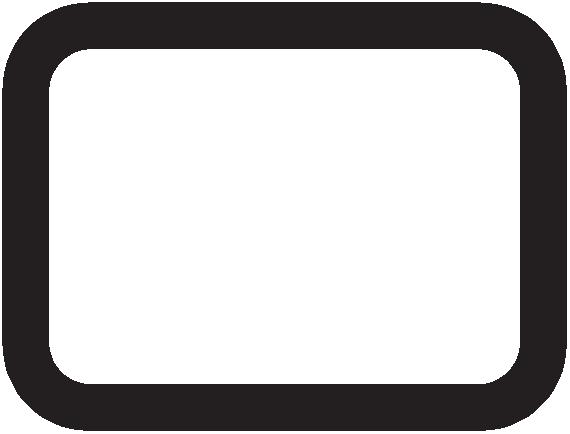
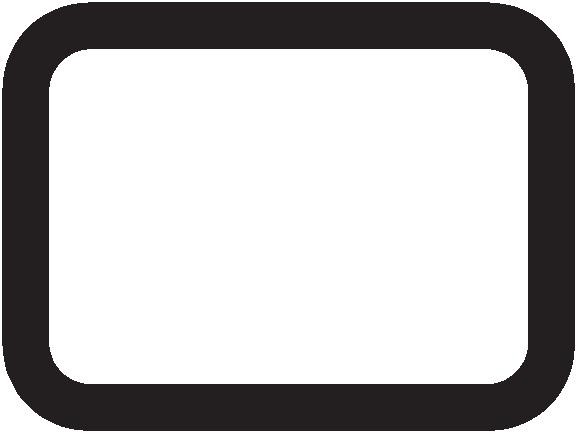
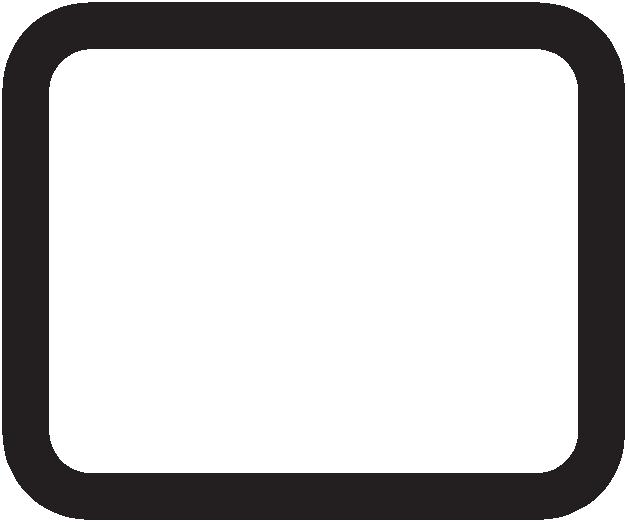
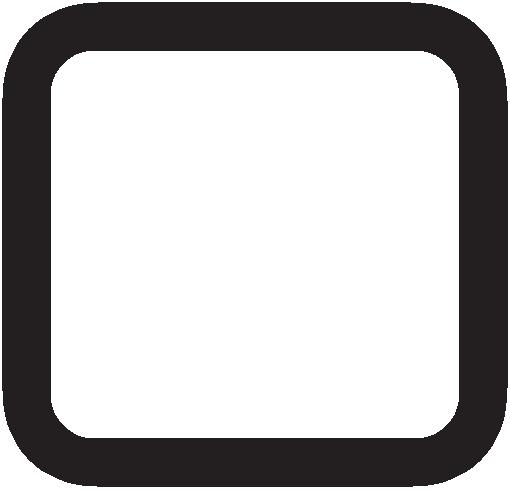
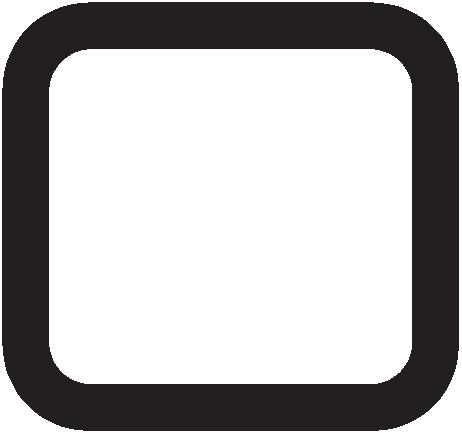
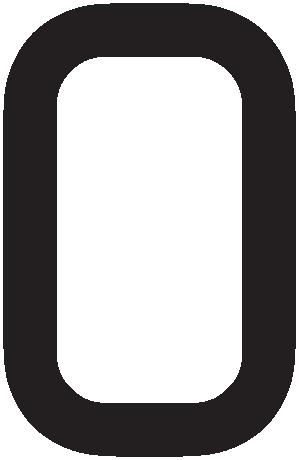
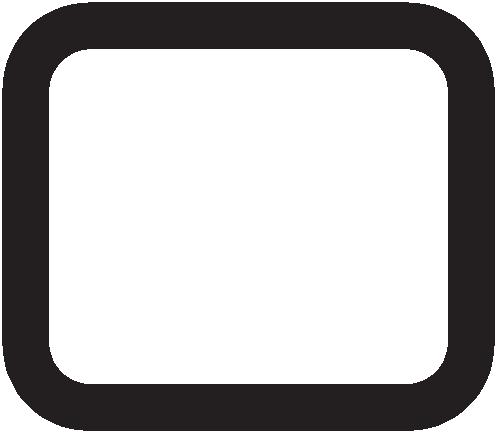

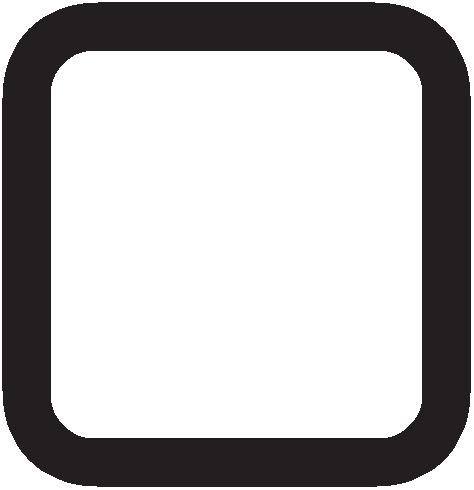


1. Write complete sentences and join them following the Diagram #7.
2. Illustrate your sentences






Sentence Building Student’s Workbook

II. Combining Diagrams to Write Paragraph
At this point, after having completed the seven diagrams to write sentences, you can combine them to form paragraphs to develop short stories.
As you combine the diagrams, you may need to delete unnecessary repetitions, or to add words such as connectors to join the different sentences. You can select elements from the Words Bank as necessary or create your own ones. It may be important also to change some forms of the elements in the Words Bank for them to fit the sentences and make writing easier. You can switch the position of the elements as long as they follow the correct language structure. Use your creativity to build your original stories.
Additionally, remember to apply the essentials of writing, such as, subject-verb agreement, appropriate verb tenses, correct capitlization and punctuation, and proper word order. Always have the dictionary at hand because it is a fundamental tool for the writer.
Finally, we want to motivate that writer in you! Put into practice all your ability and talent to write creatively and as far as you feel inpired to reach.
INDICATIONS FOR WRITING THE SHORT STORIES IN THE WORKBOOK:
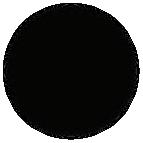

1. In this section, combine as many diagrams as possible to form paragraphs and write short stories.
2. Practice writing on separate sheets.
3. Check your work with the Writing Rubric.
4. Create an original title for your story.
5. Copy your final short story in the Workbook.
44 Sentence Building Student’s Workbook
Sentence Building Student’s Workbook
Combining Diagrams to Write Paragraph


Title:____________________________________________________
Illustrate a scene of your story.

Sentence Building Student’s Workbook



Combining Diagrams to Write Paragraph
Title:____________________________________________________
Illustrate a scene of your story.

Sentence Building Student’s Workbook
Combining Diagrams to Write Paragraph


Title:____________________________________________________
Illustrate a scene of your story.


Combining Diagrams to Write Paragraph


Title:____________________________________________________
Illustrate a scene of your story.

Sentence Building Student’s Workbook
Sentence Building Student’s Workbook
Words Bank
Character
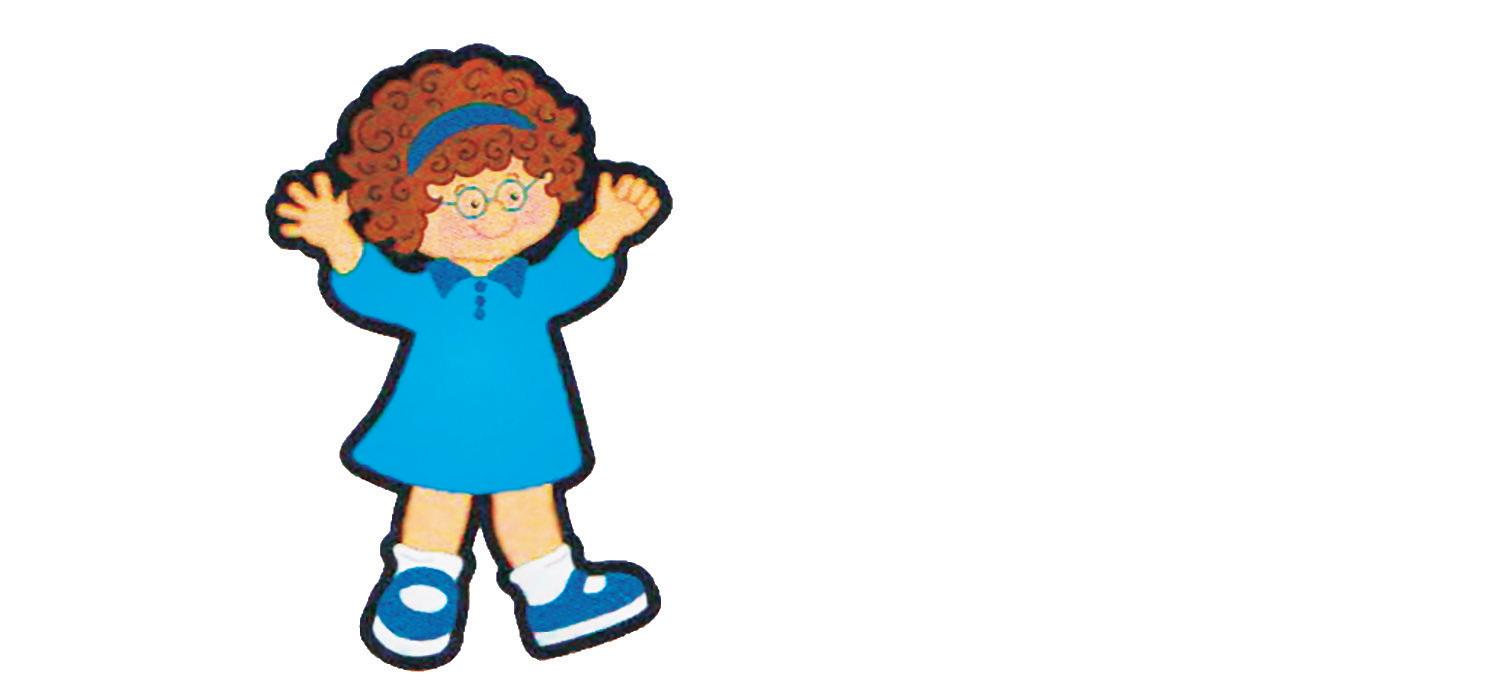
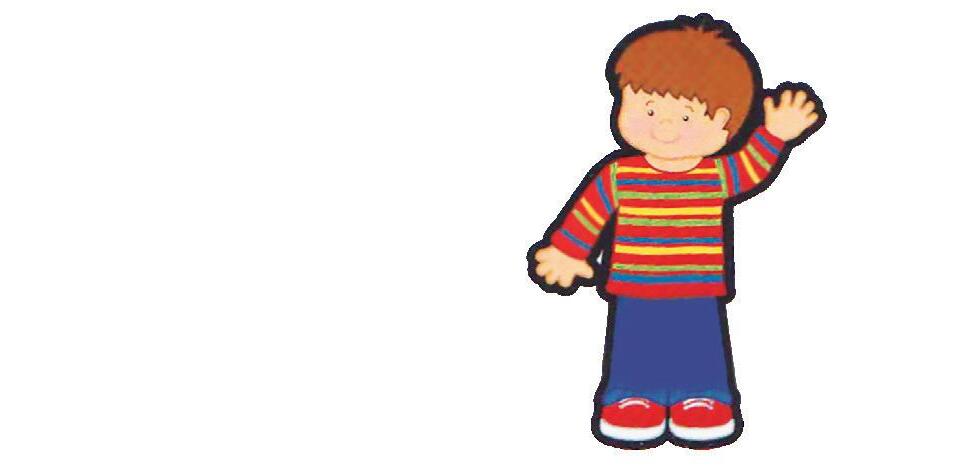
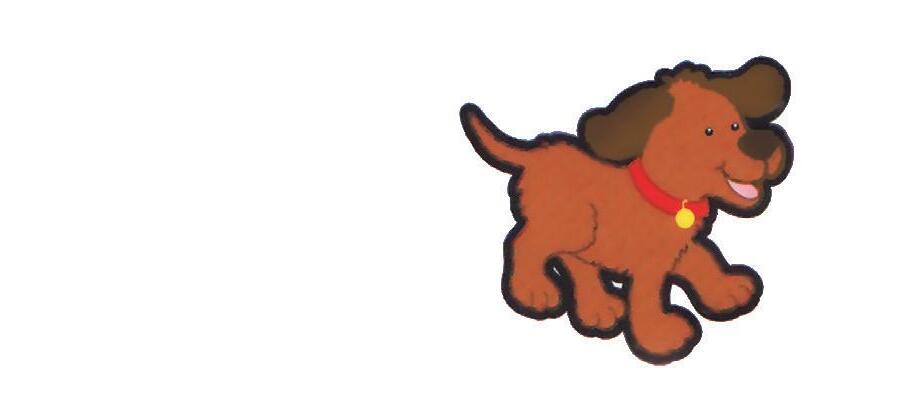
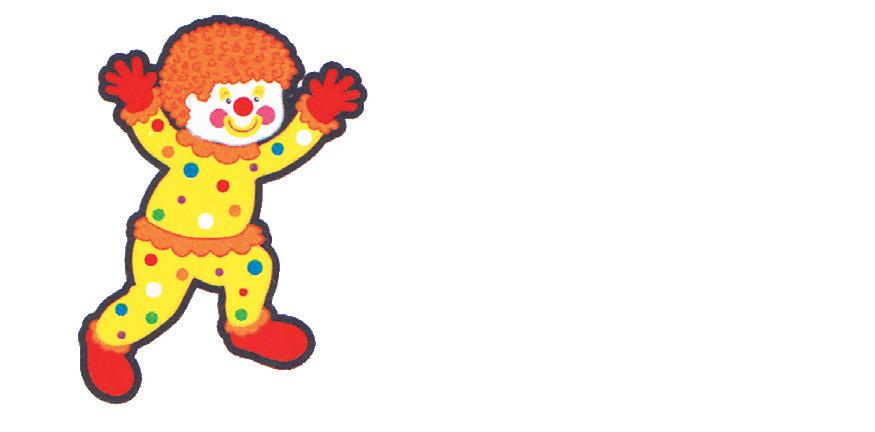
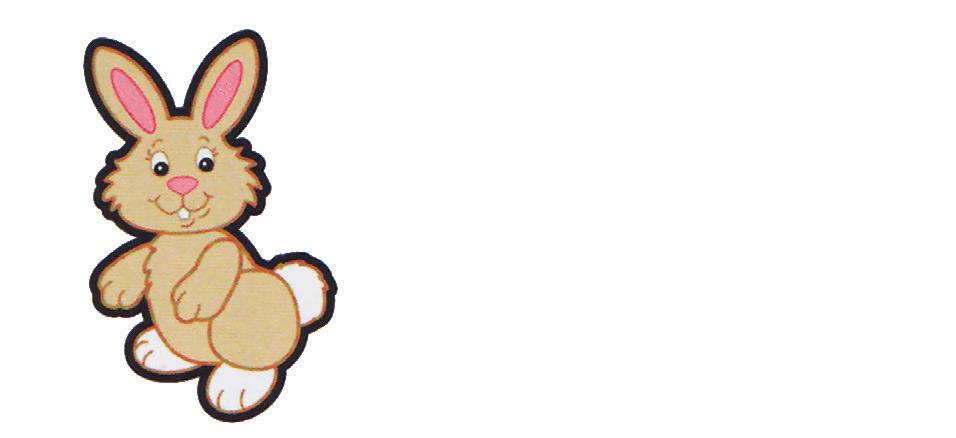


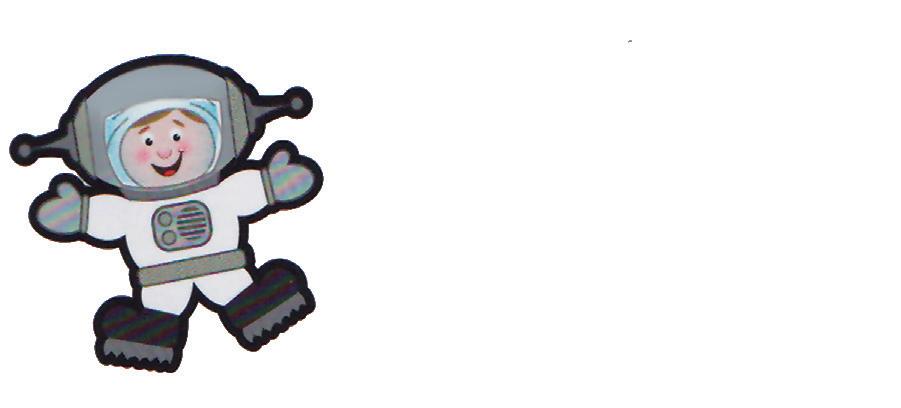

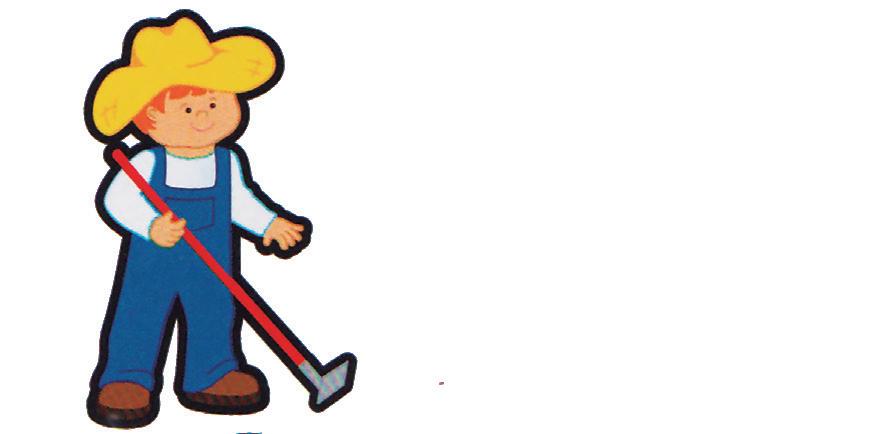
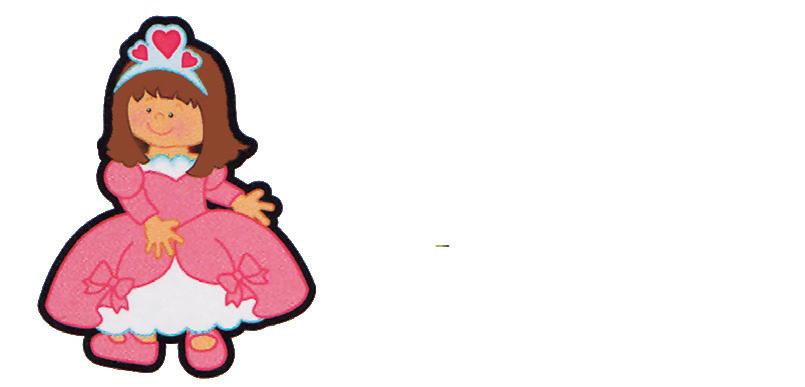
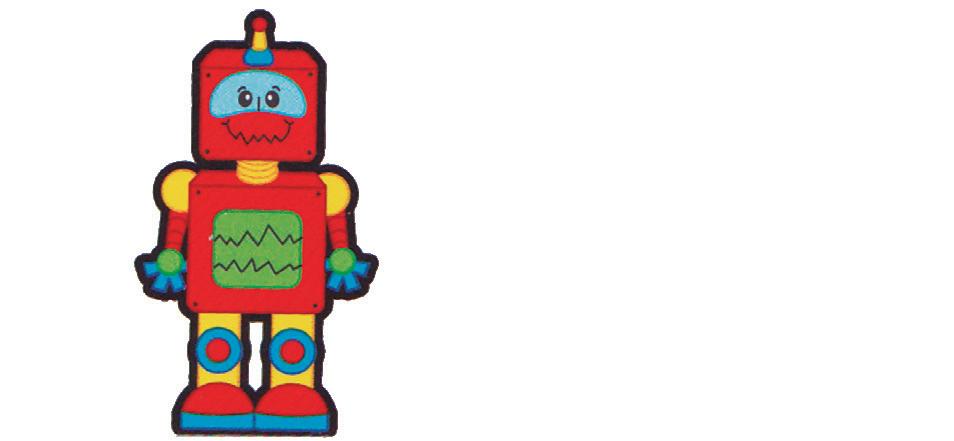
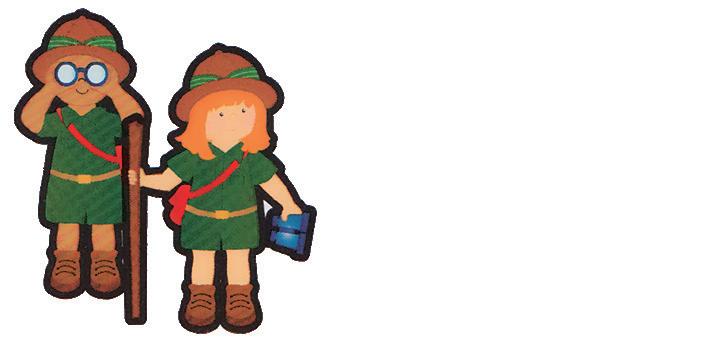
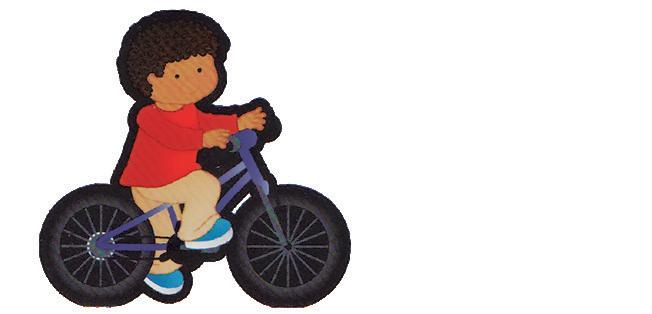
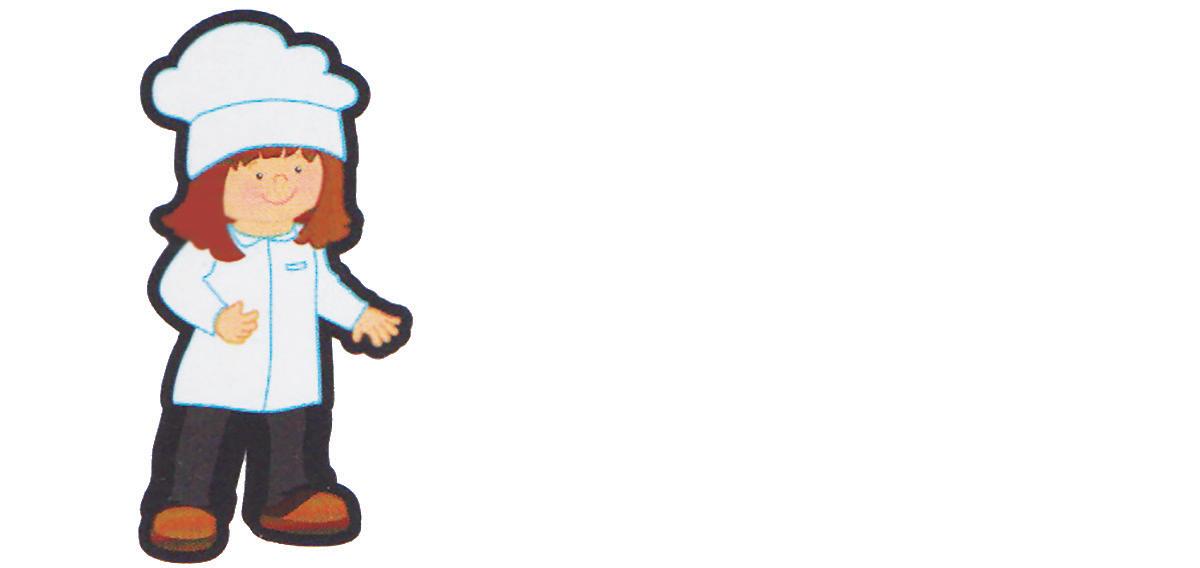
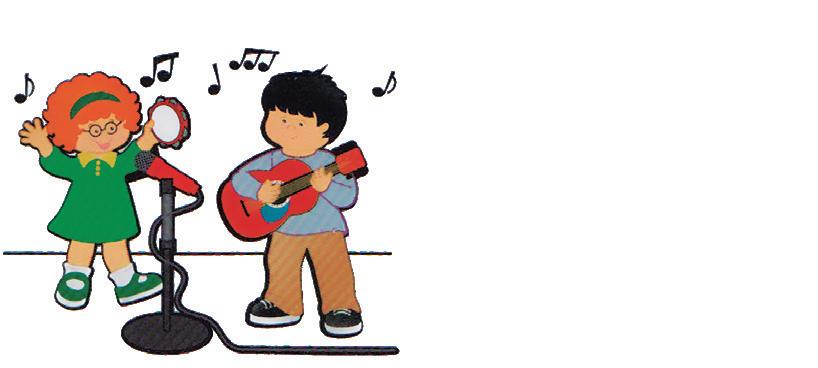


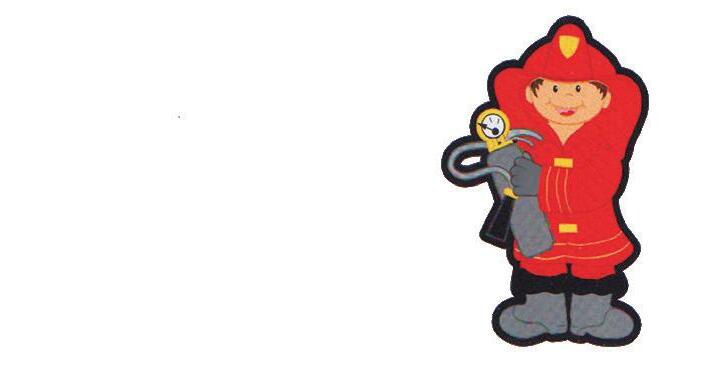

Sentence Building Student’s Workbook
Words Bank
at school

Setting
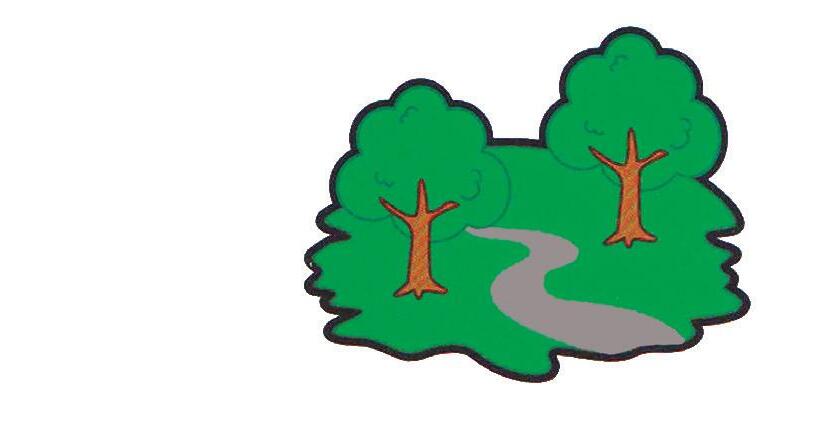
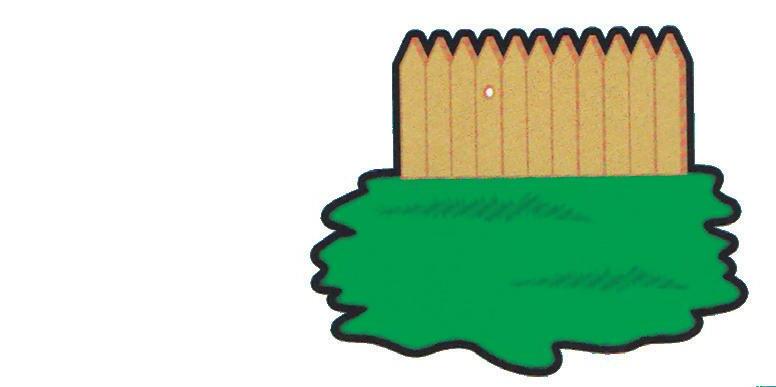
in the park in the yard in a house

at a party
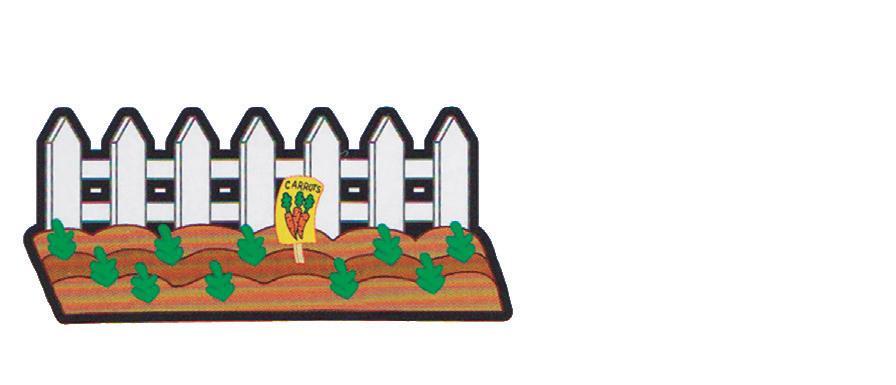
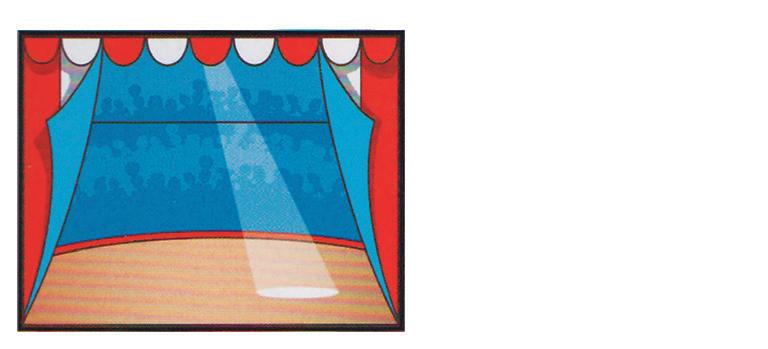
in a far away land

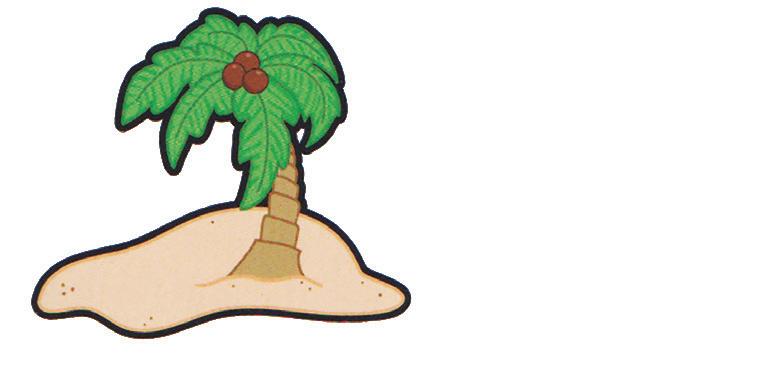
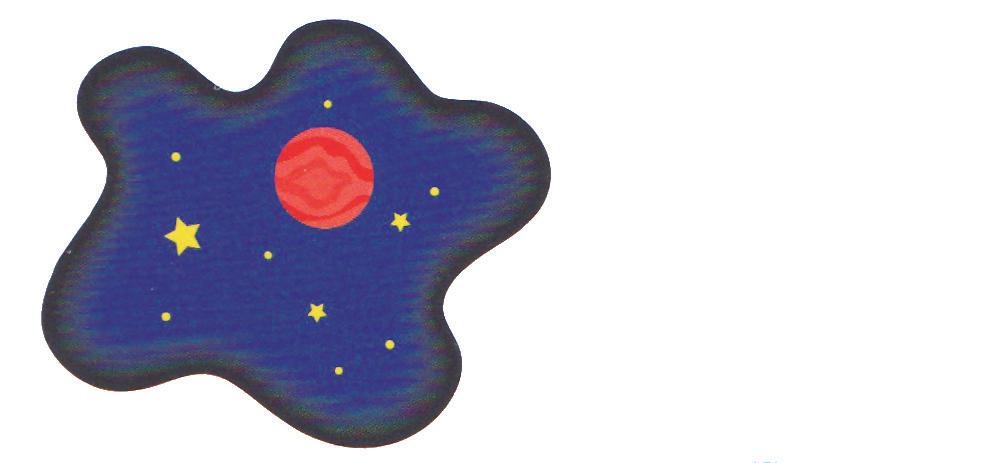
on the sidewalk in the bakery
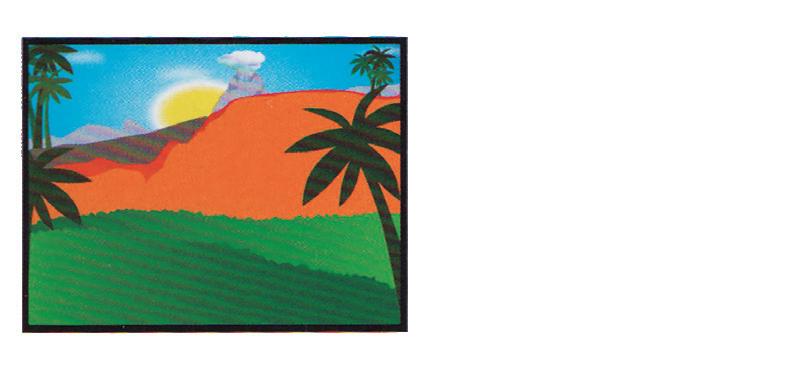
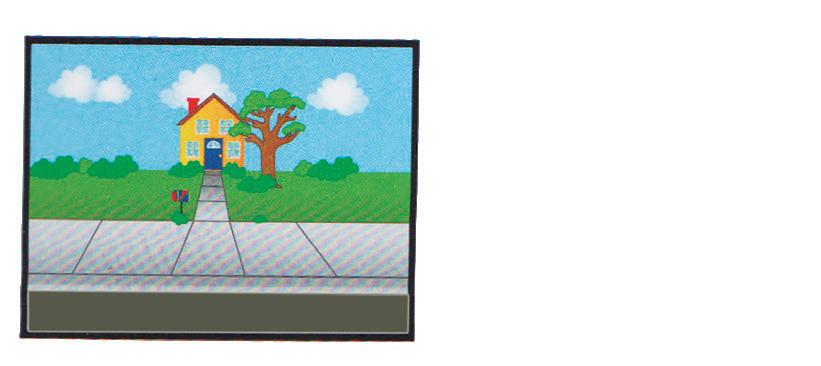
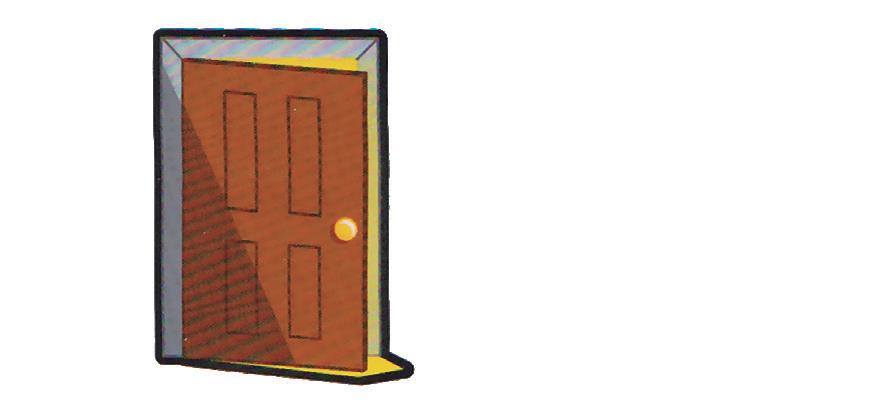
in a garden on an island in outer space on the stage on a spaceship
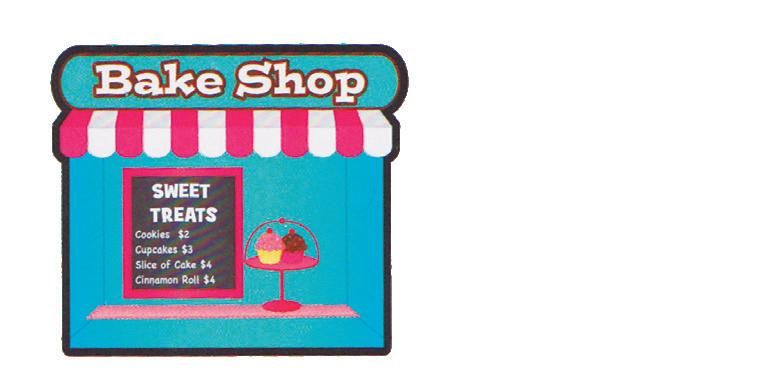
in the closet on a farm in a castle
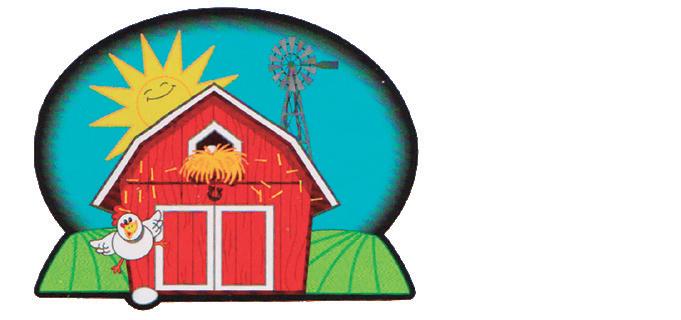
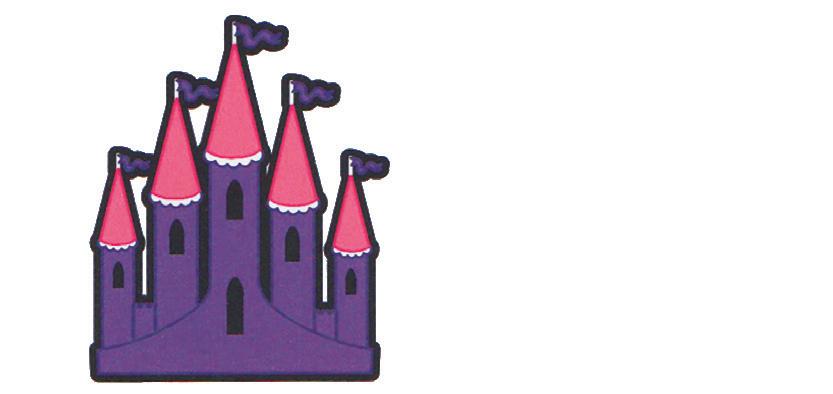
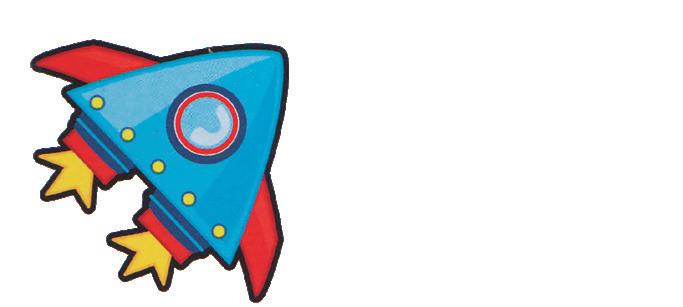
on a ranch in a forest in a building in the jungle
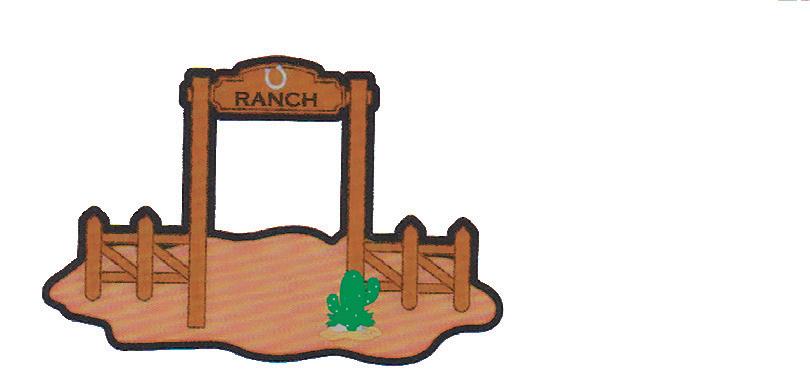
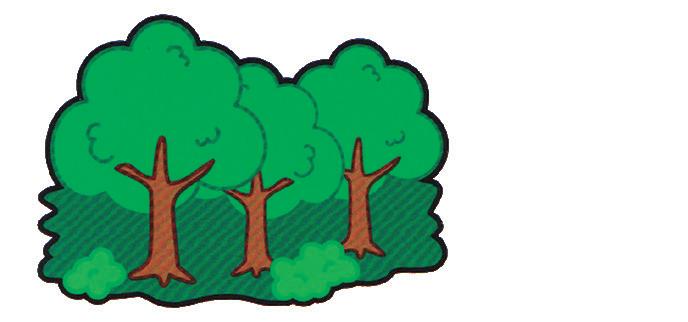
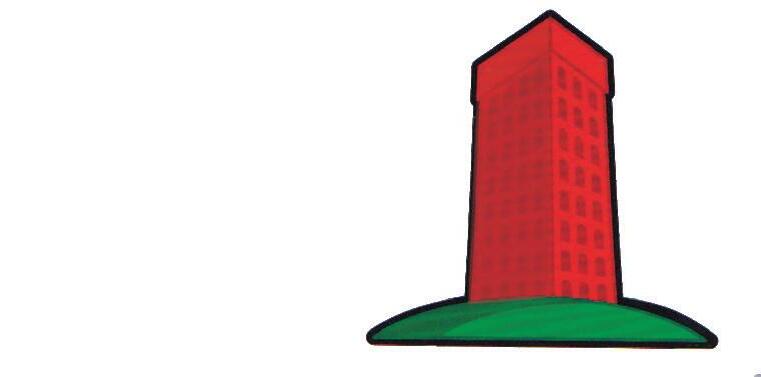
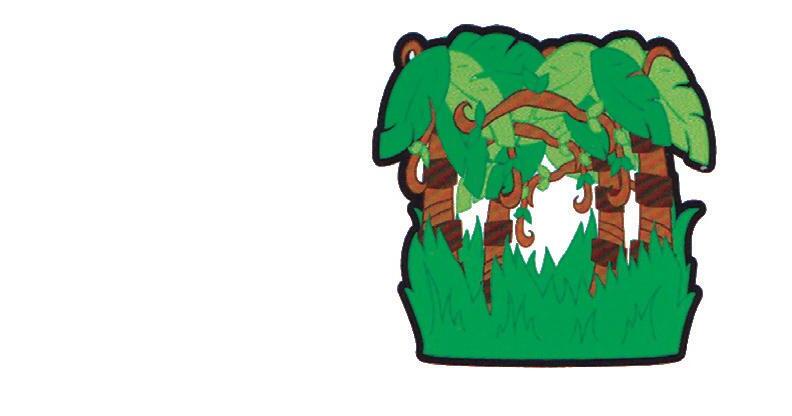
Sentence Building Student’s Workbook
Words Bank
in the spelling bee
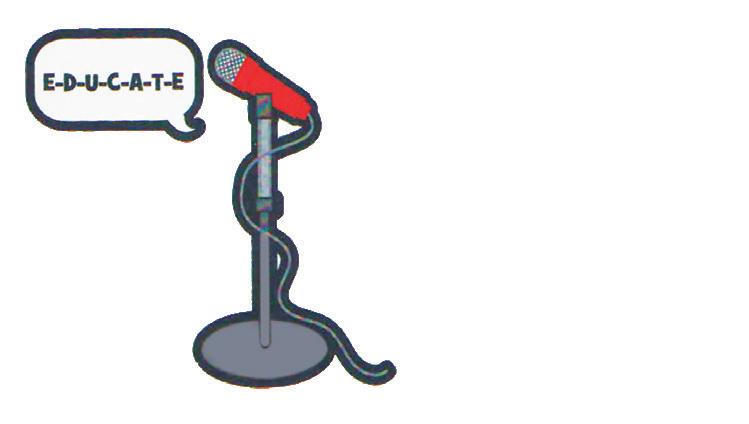
Event

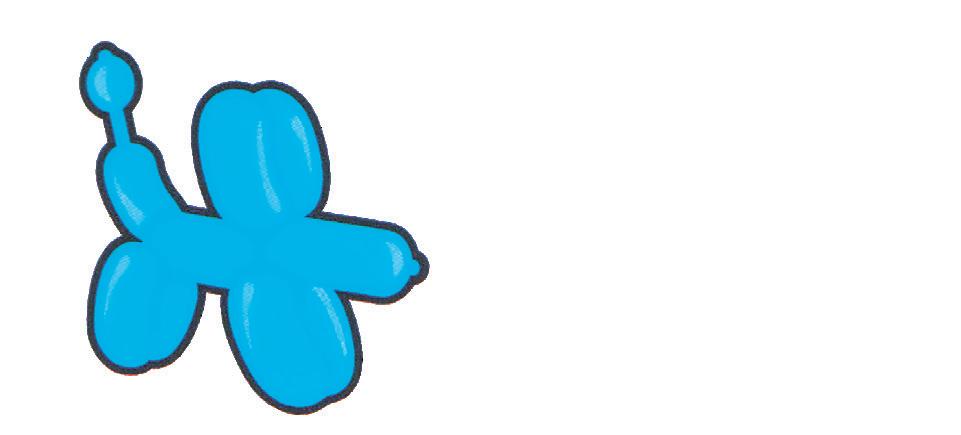
making balloon animals
making a lot of noise
flying a kite found a stick playing with a ball of yarn
eating some carrots
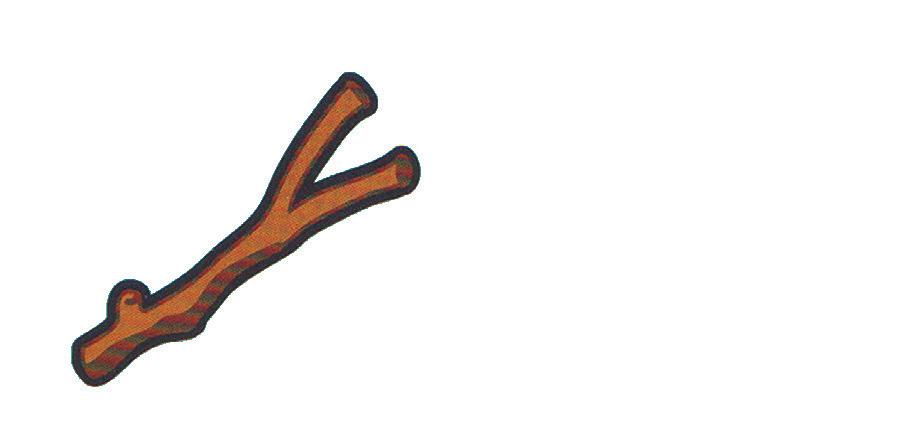
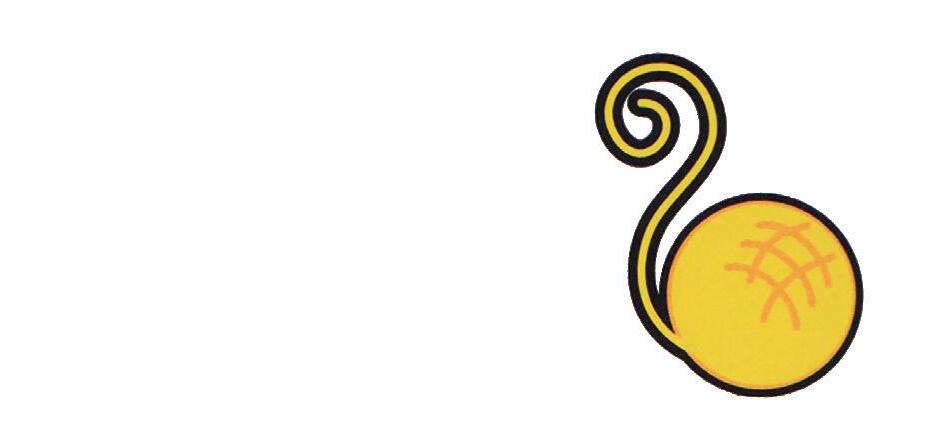
looking for buried treasure exploring a new planet

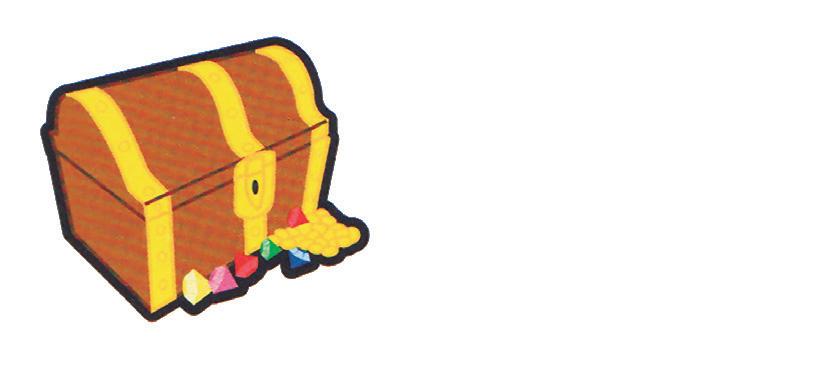
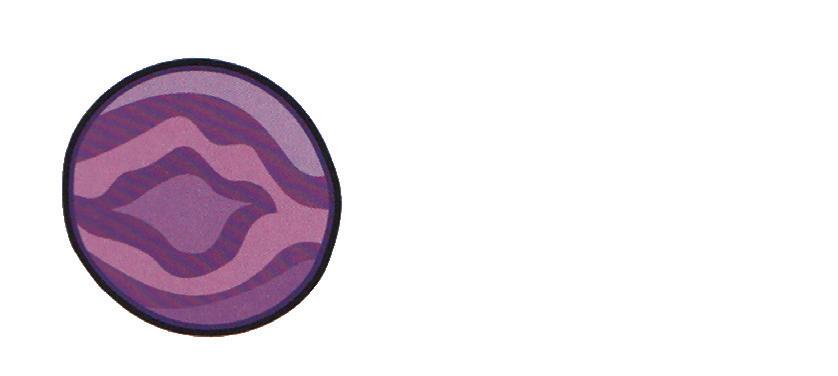
plowing the fields
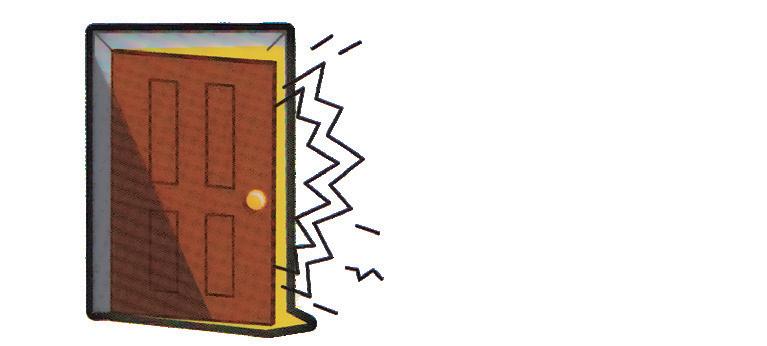
guarded by a dragon pushed a button
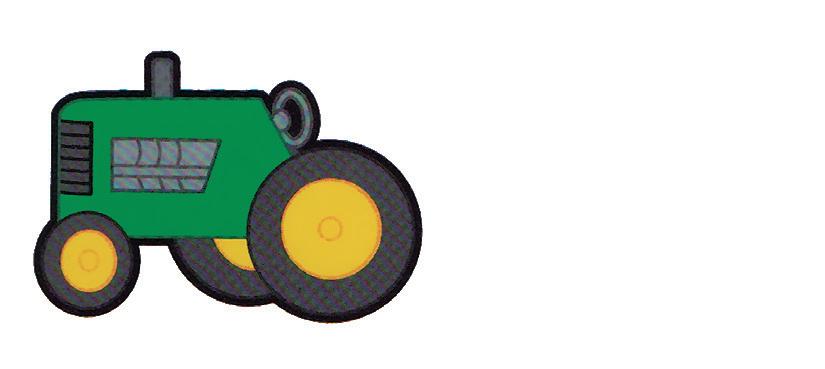
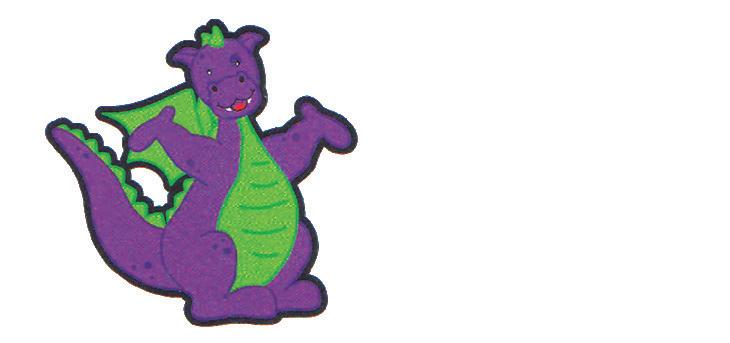
riding a horse looking for honey put out a fire
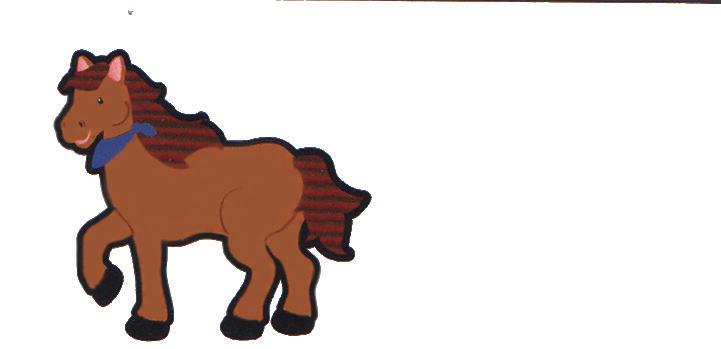
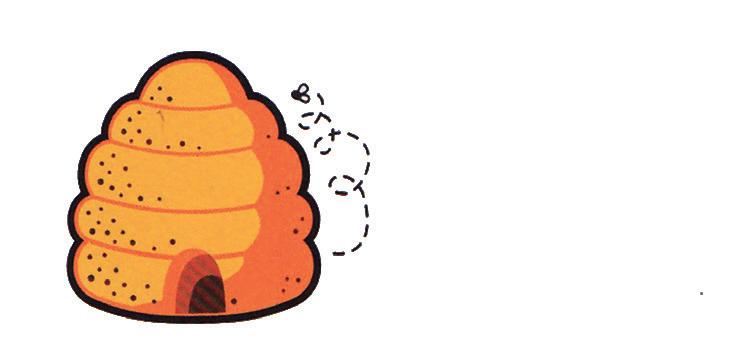

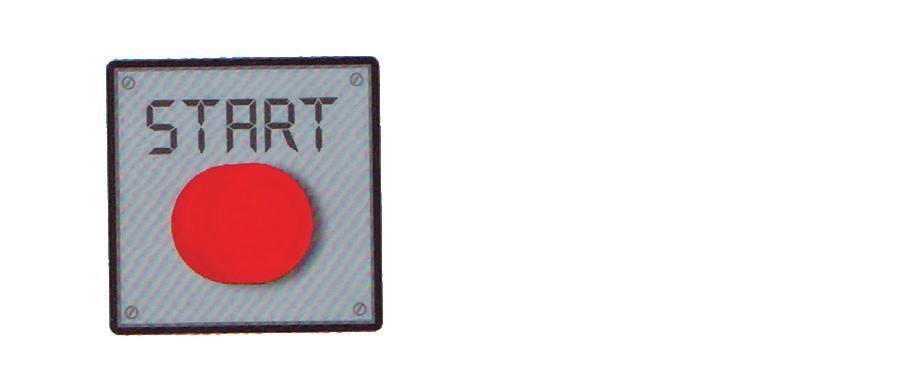
eating a banana playing instruments lost the map hit a rock mixed ingredients
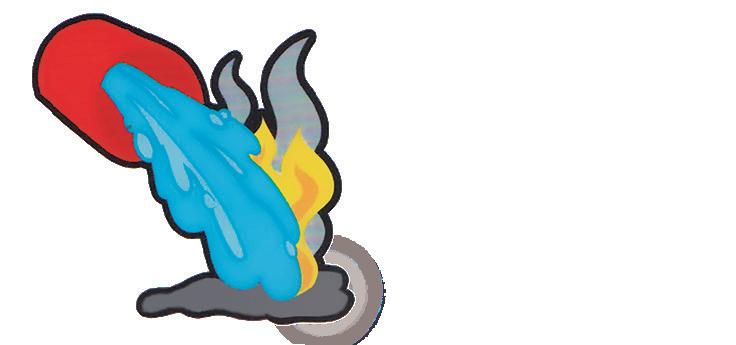
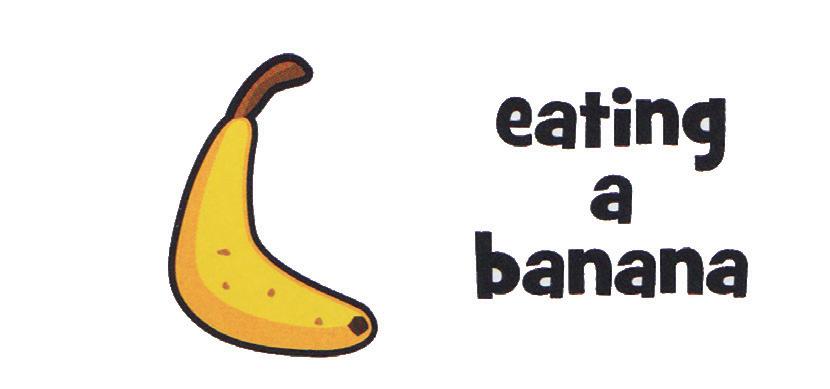
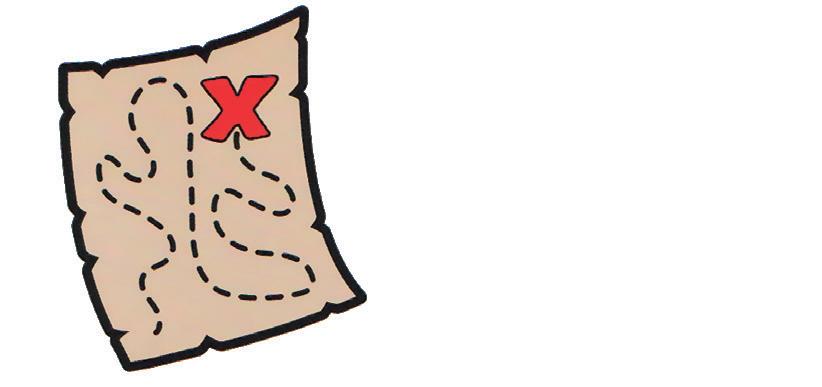

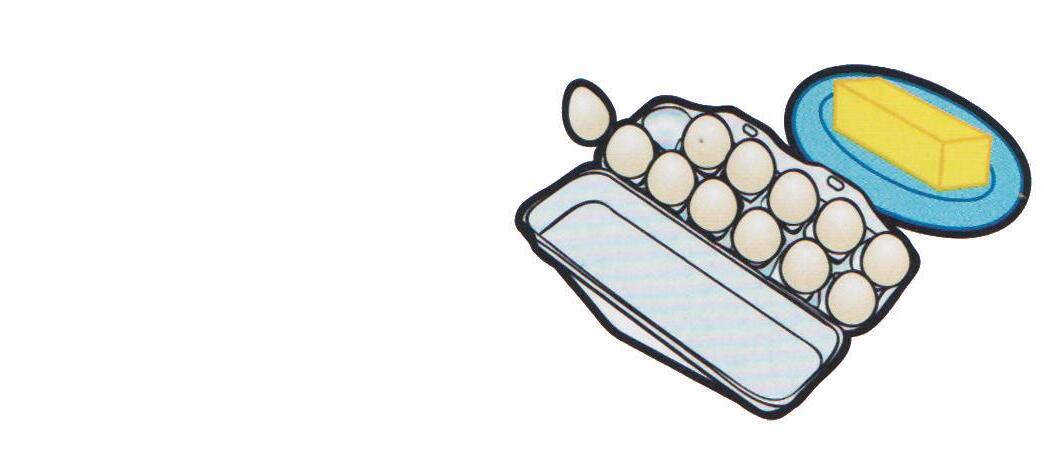
Sentence Building Student’s Workbook
Words Bank
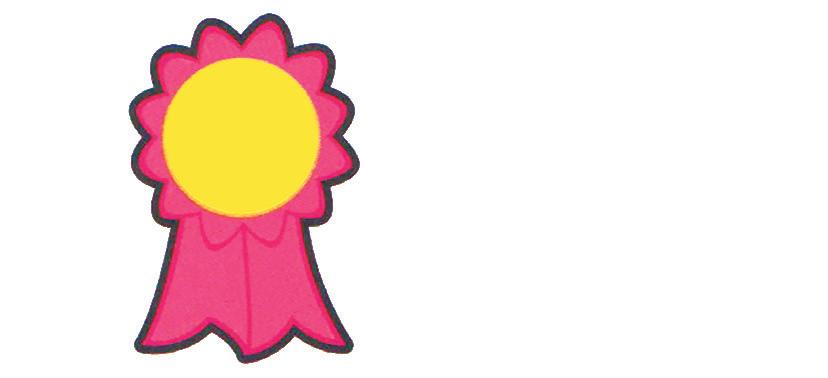
won first place got a kite caught in a tree
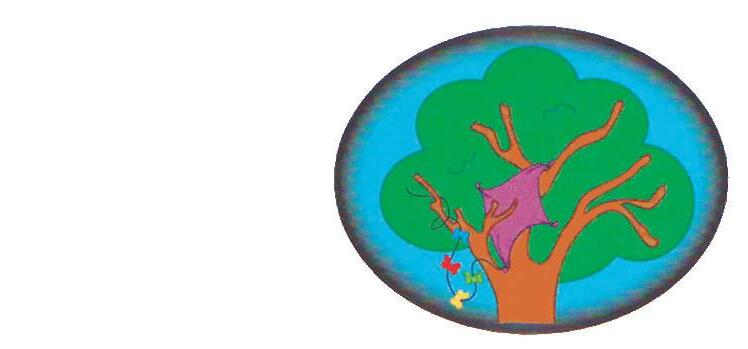
buried it in the ground

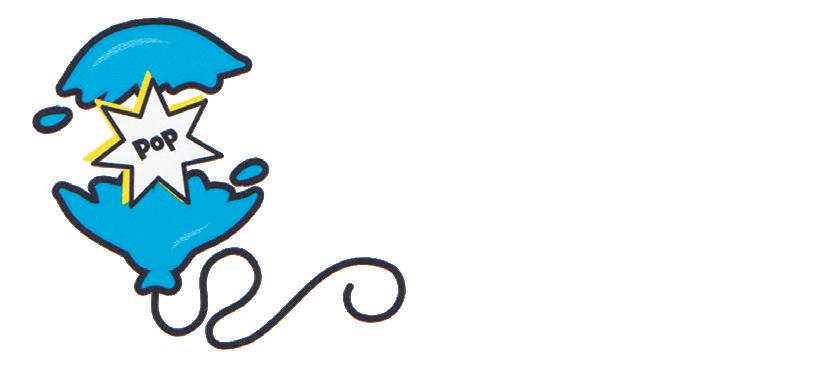
popped a balloon planted seeds
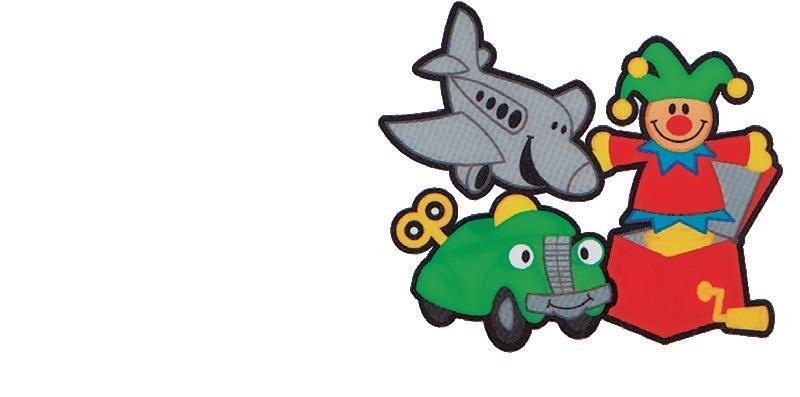
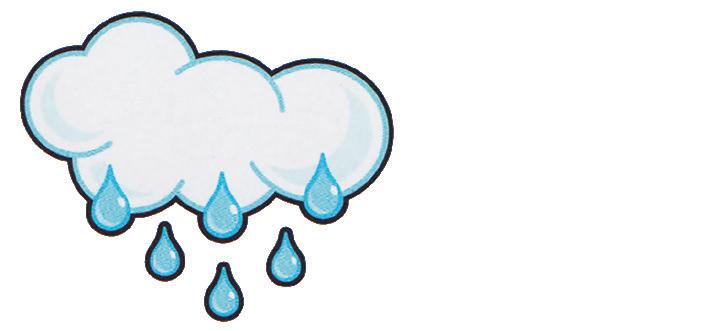
rolled it down the stairs
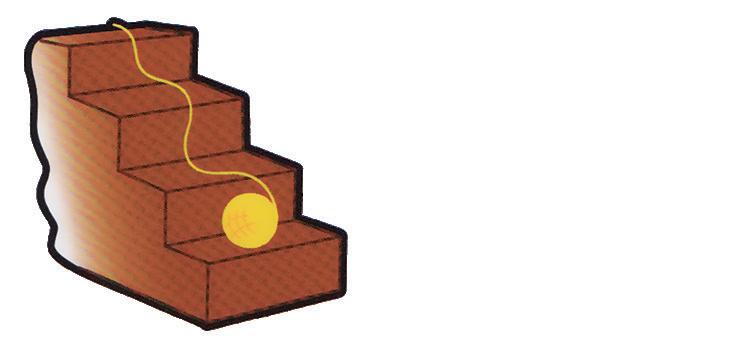
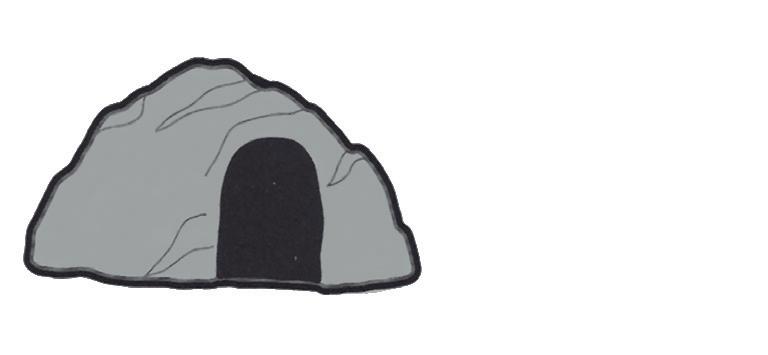
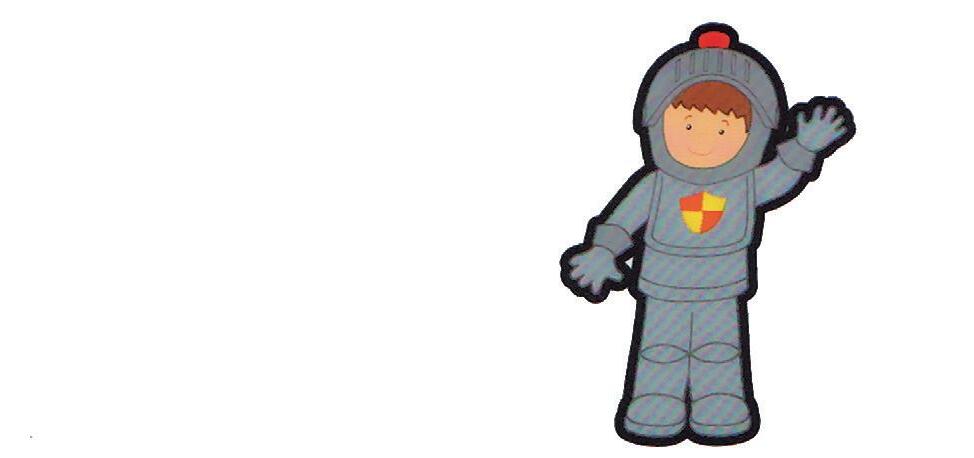
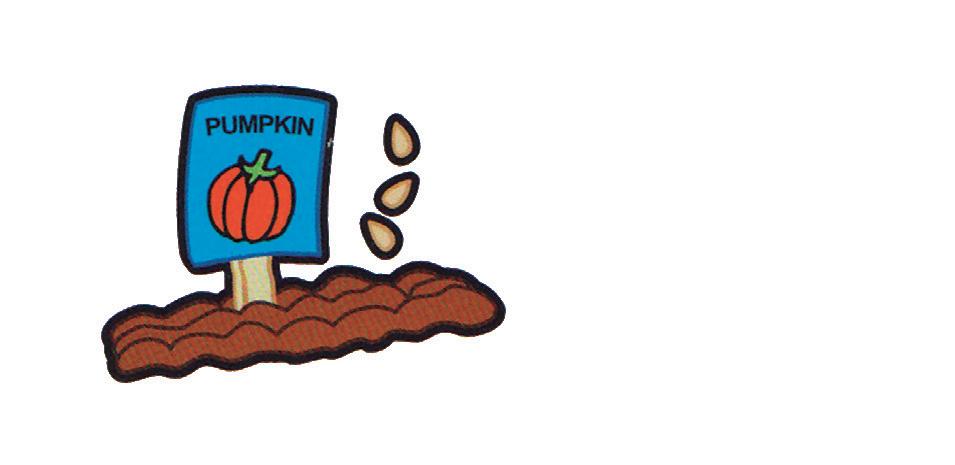

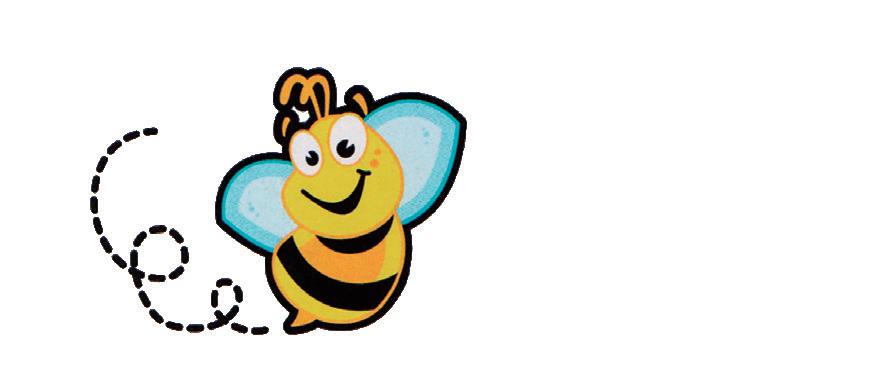
rounding up the sheep stung by a bee rescued a cat rescued by a knight flew away it started to rain found a hidden cave made a new friend playing with toys dropped it on the ground had the best talent ran from dinosaurs got an x-ray baked cupcakes 1 st
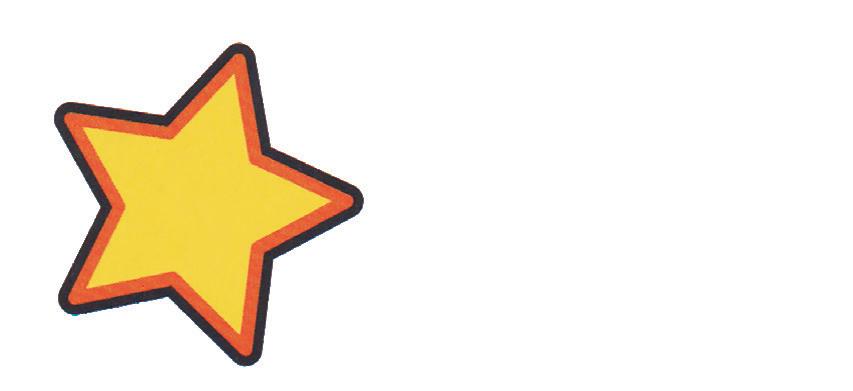

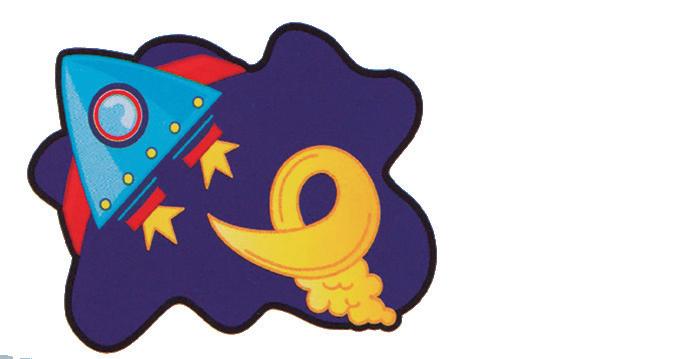
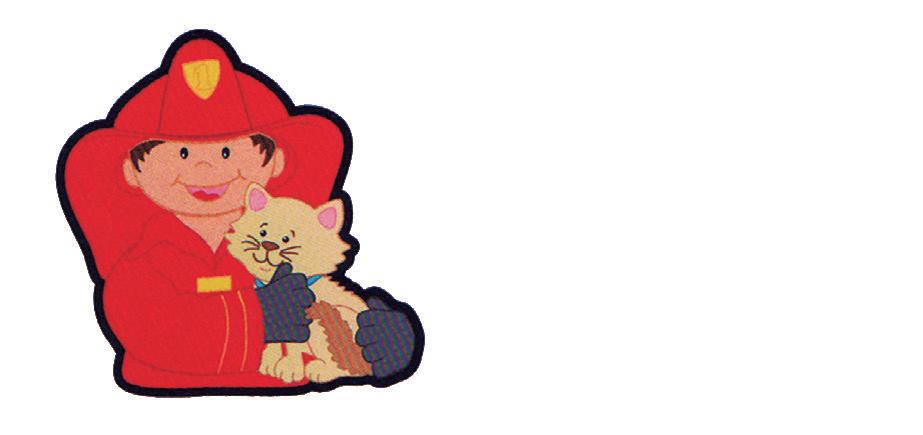
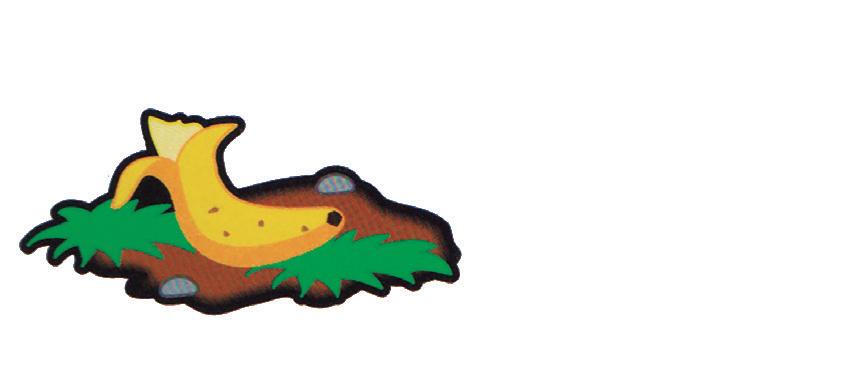
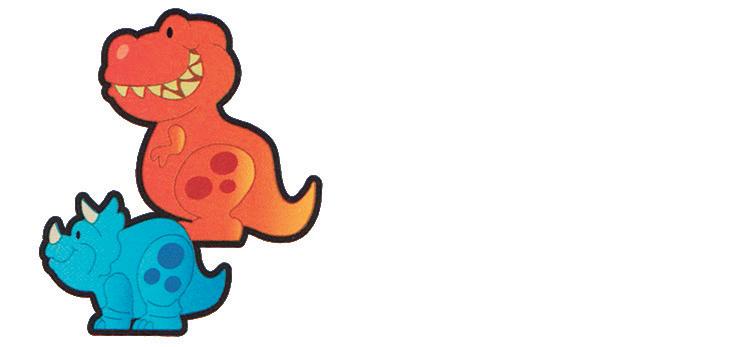
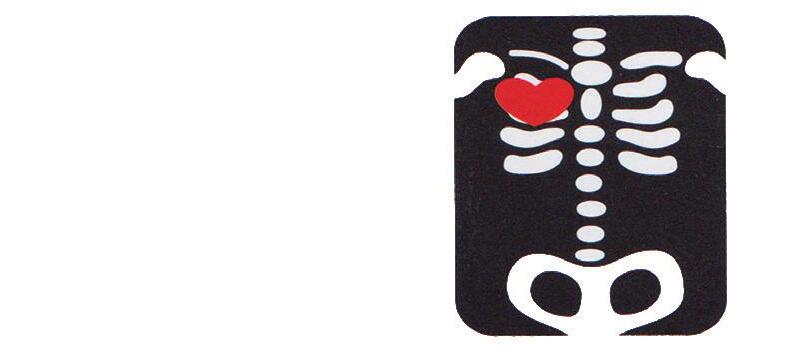
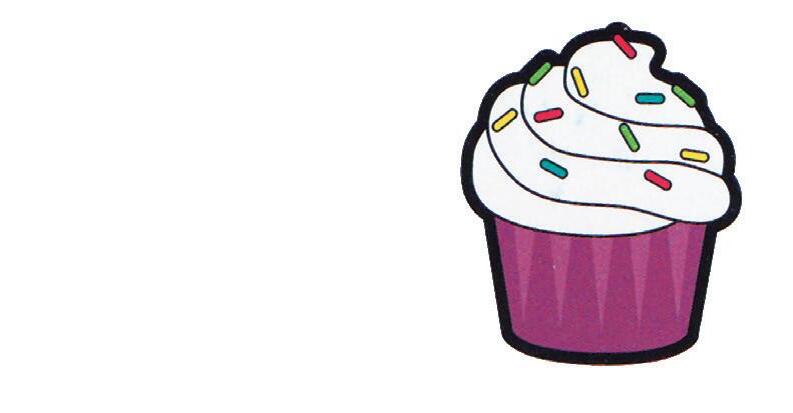
Sentence Building

Dictionary


